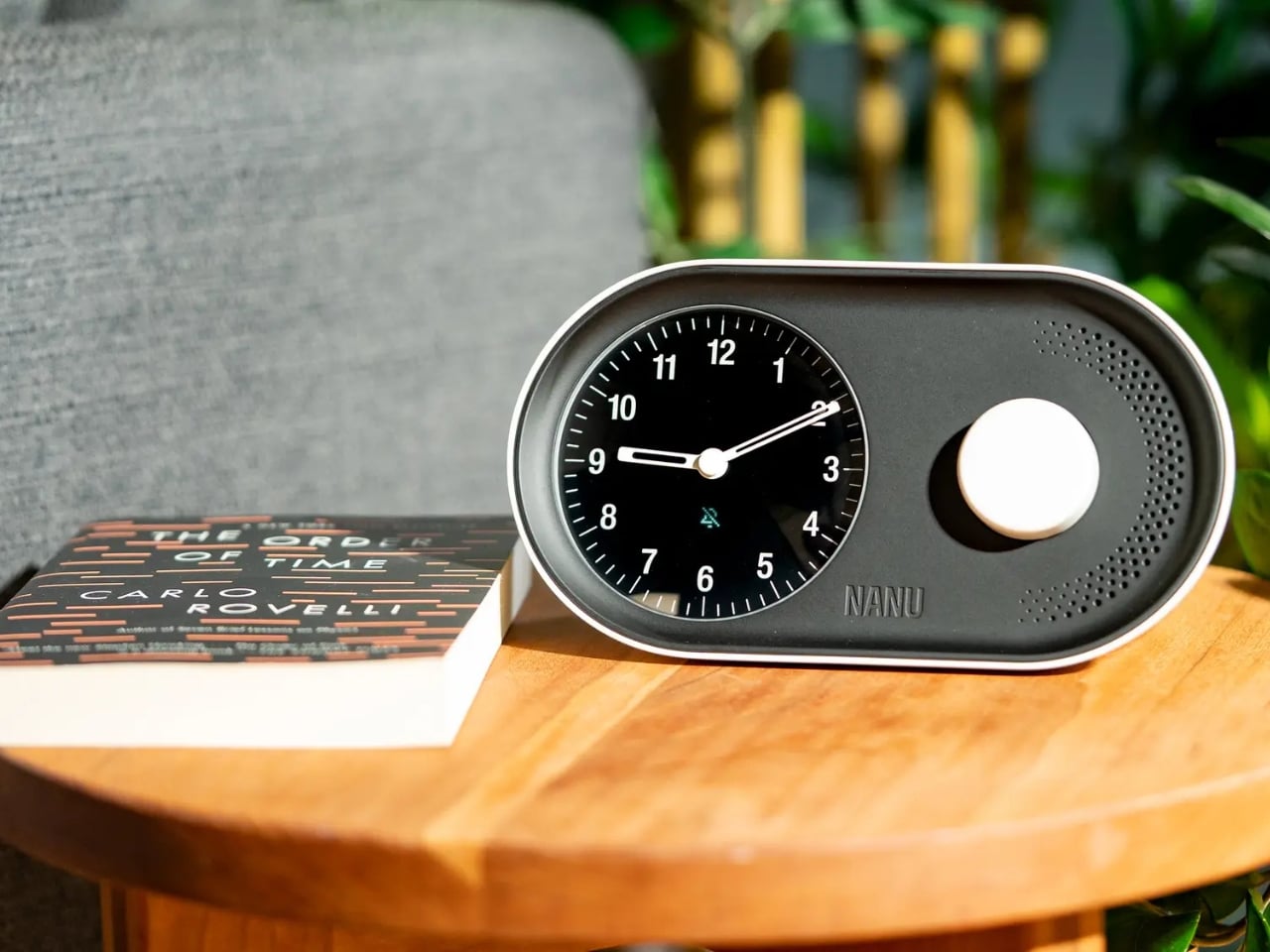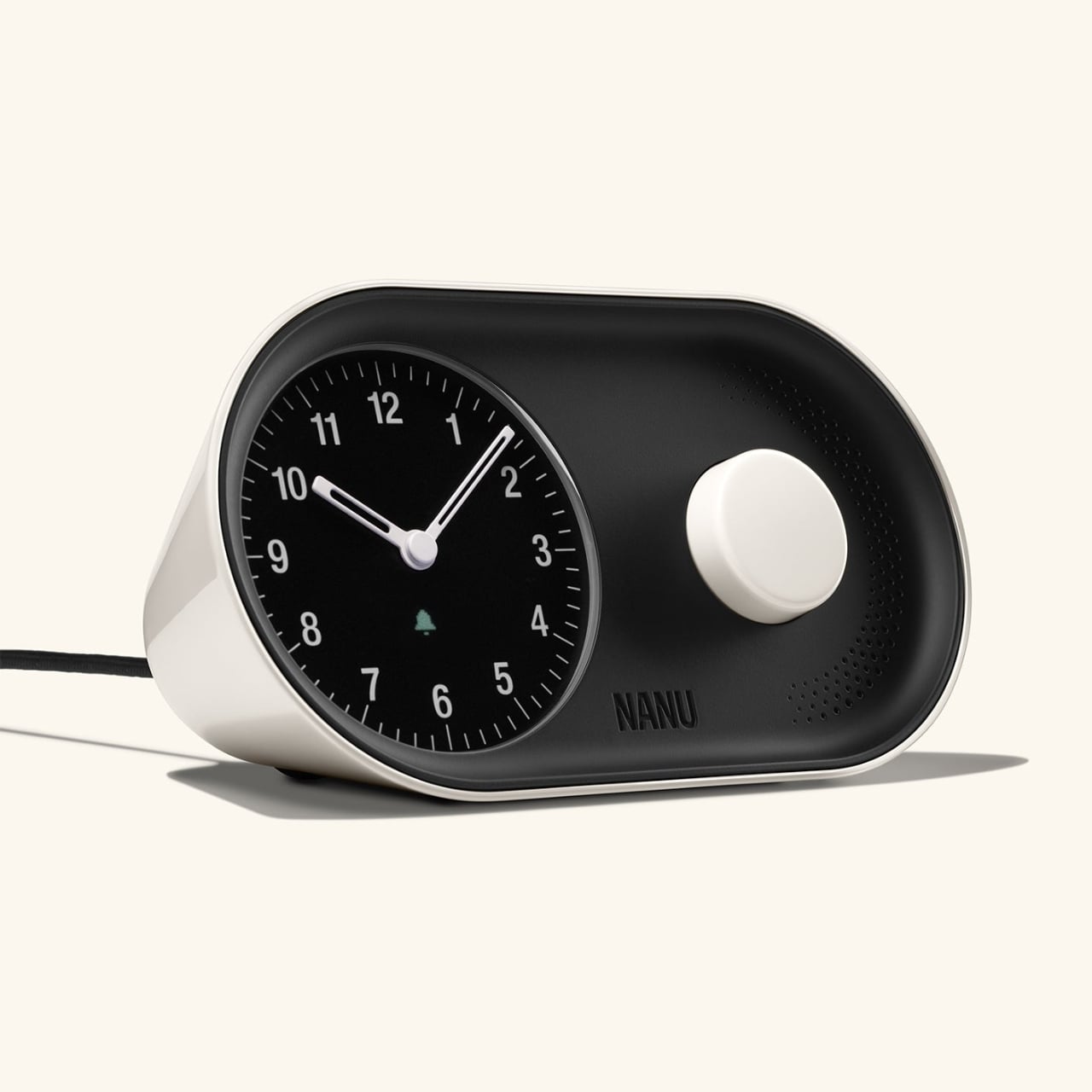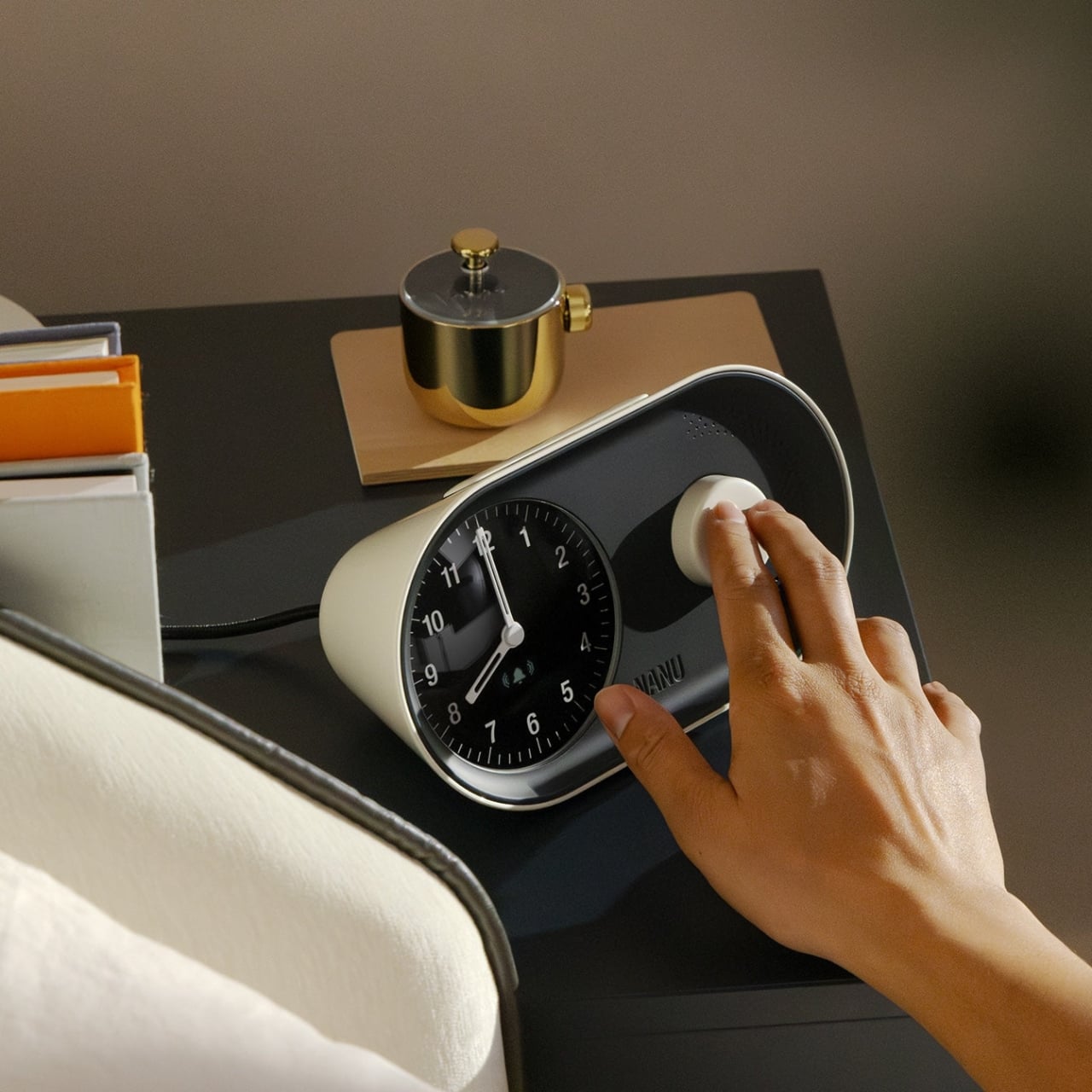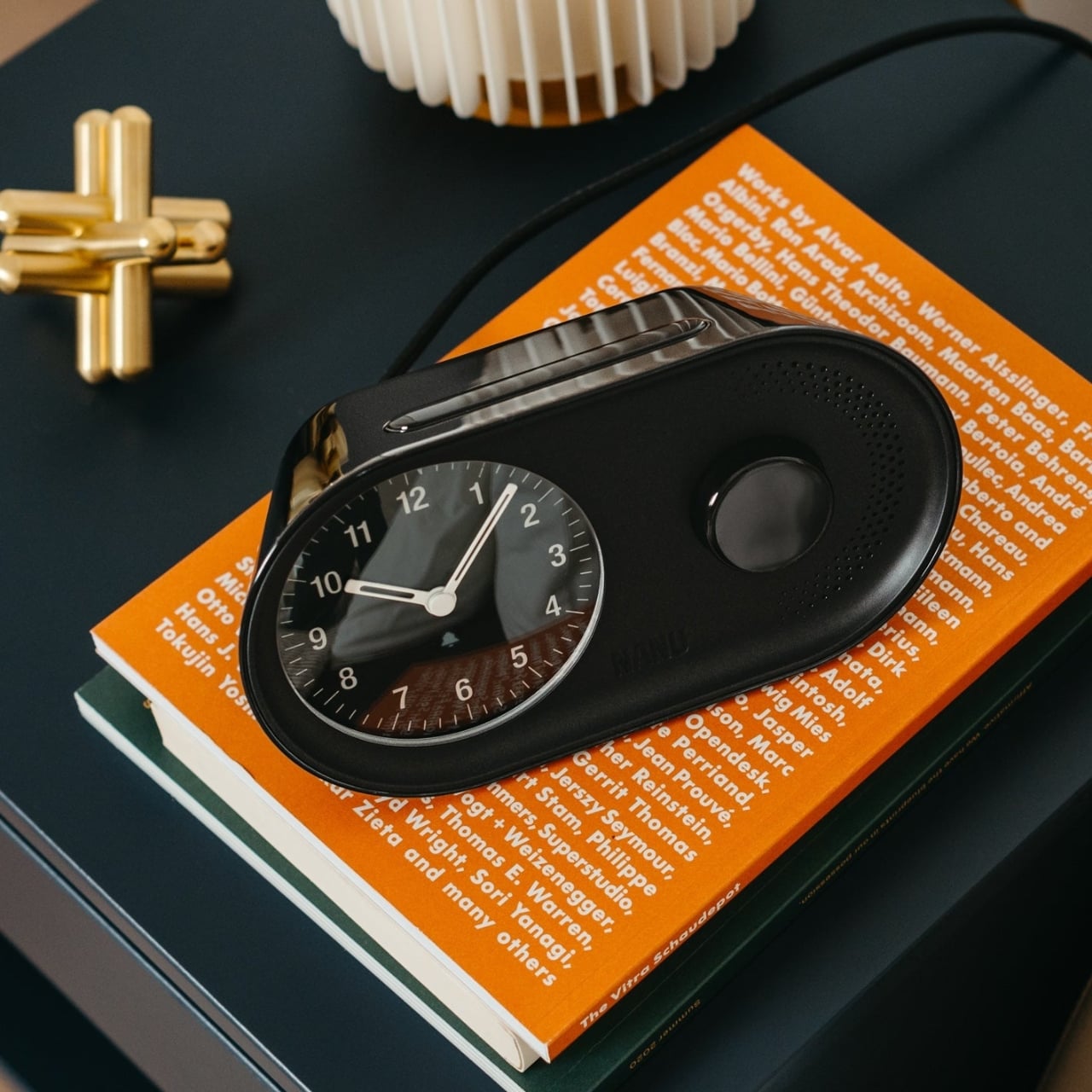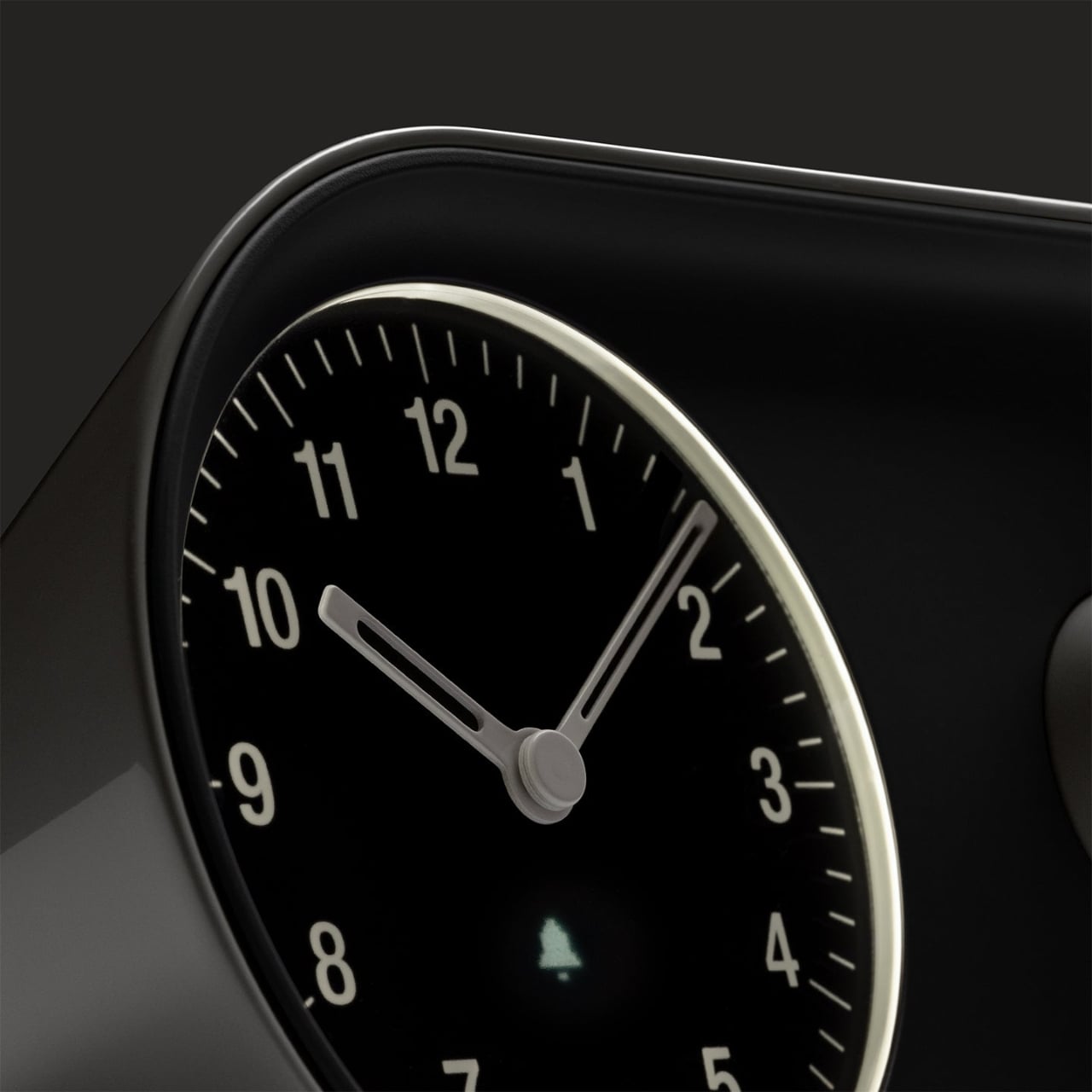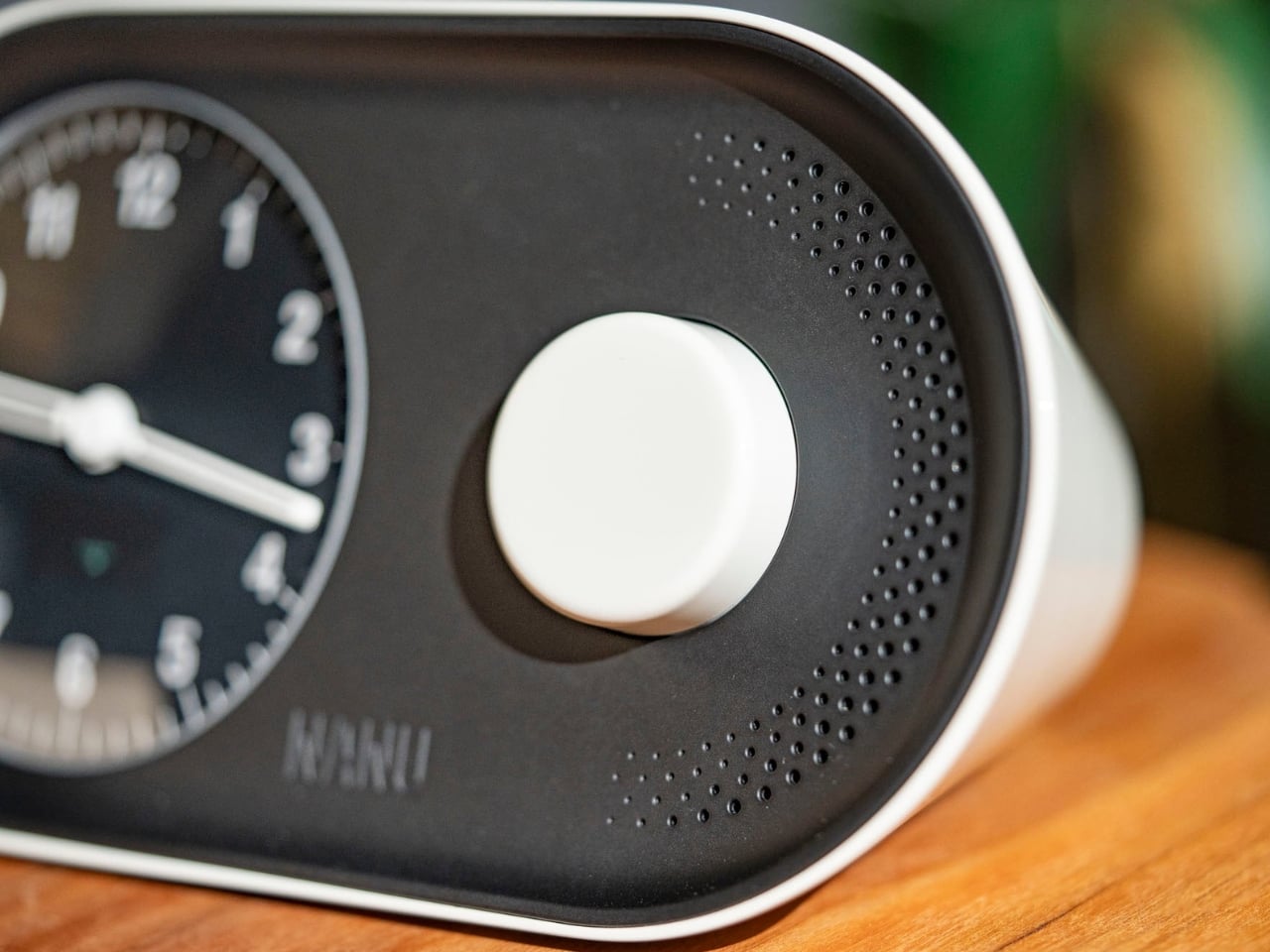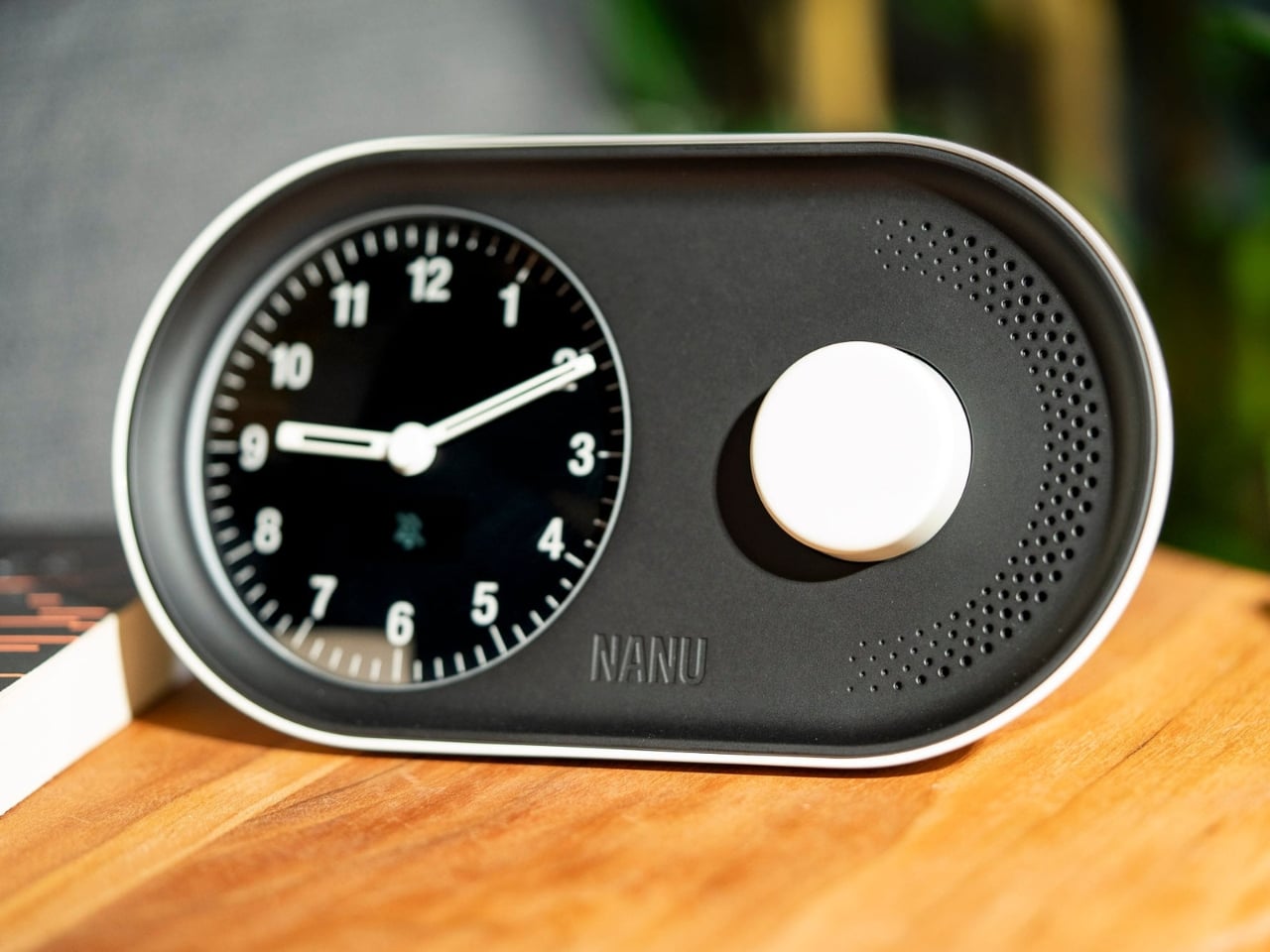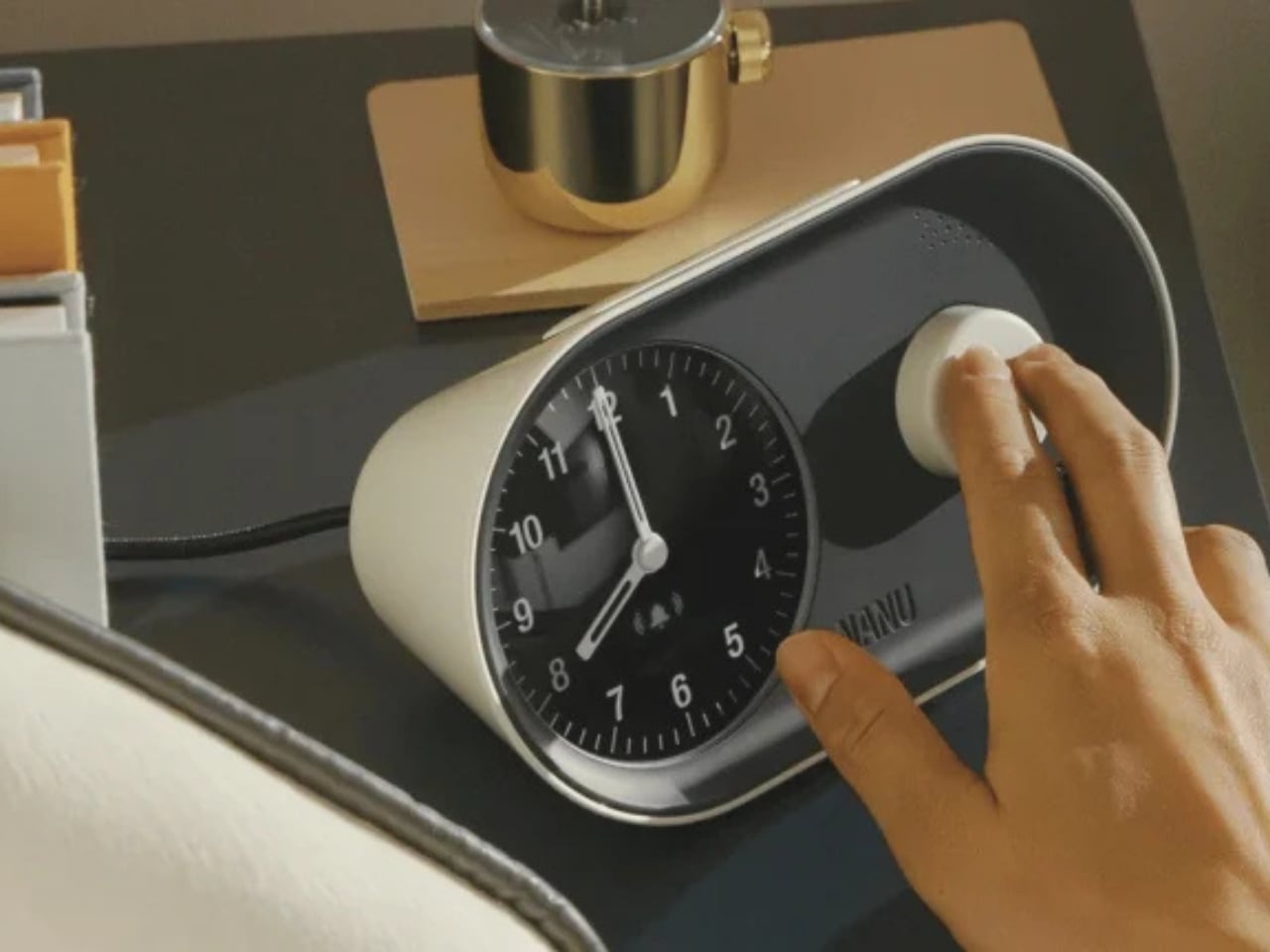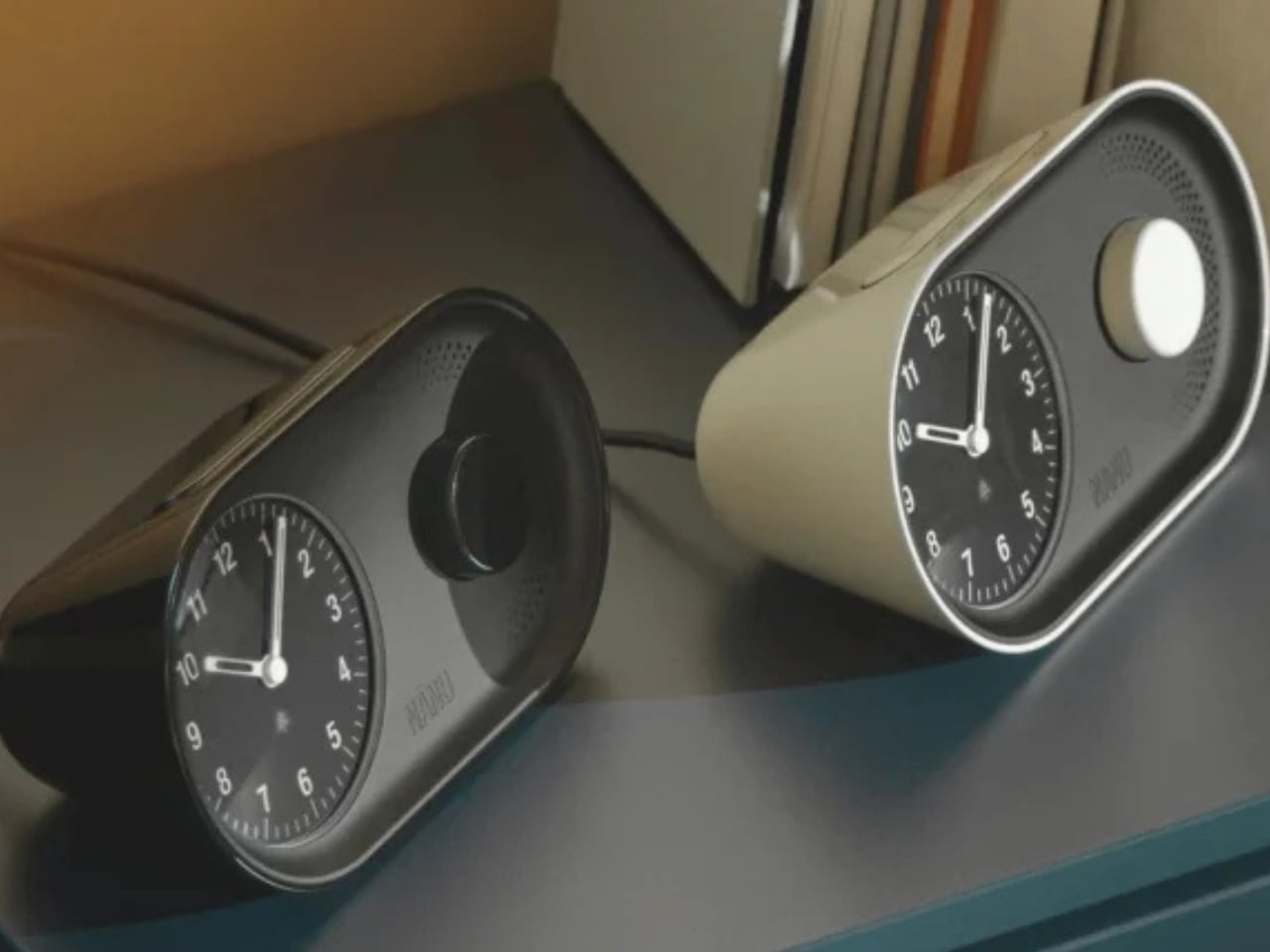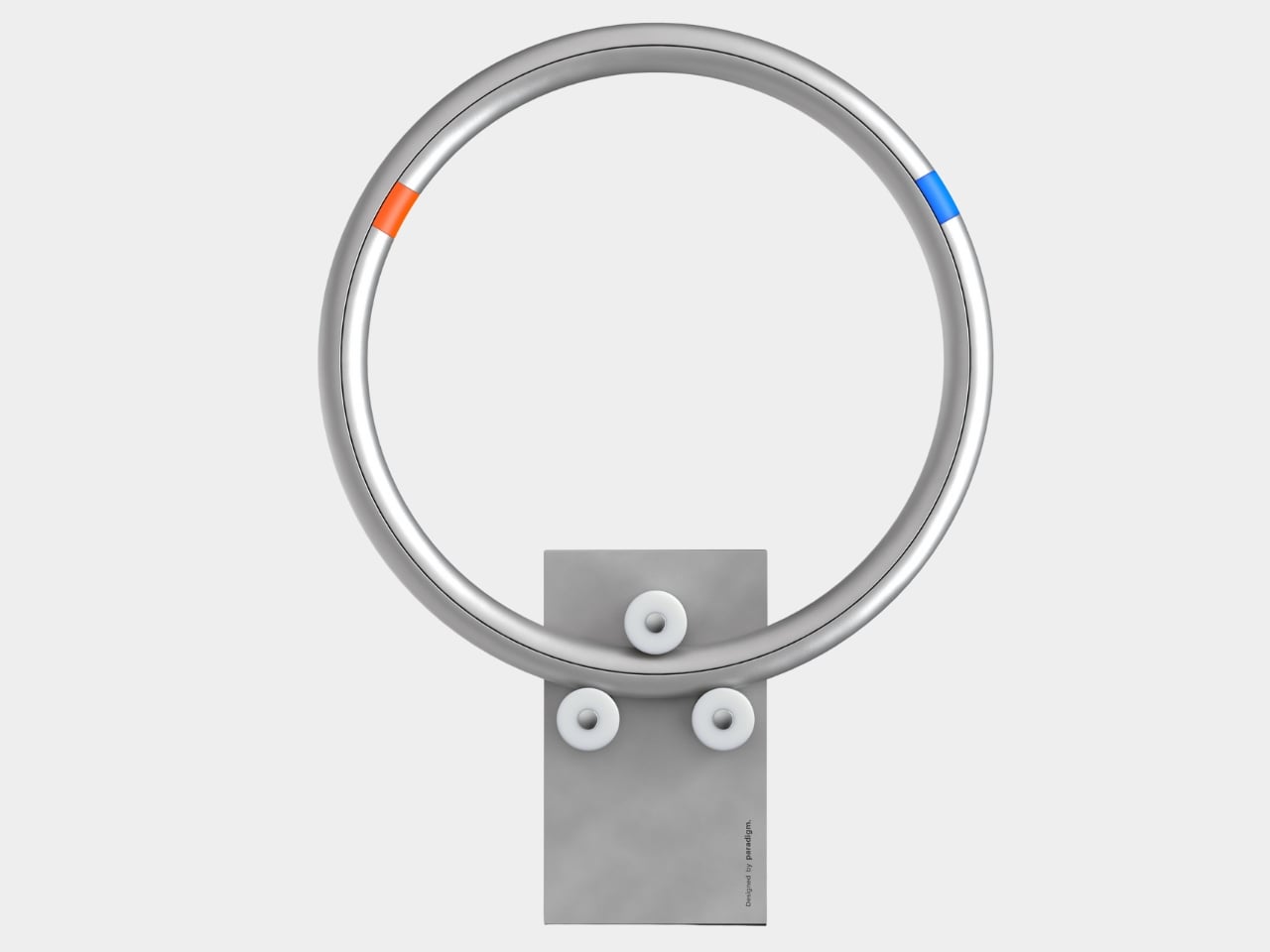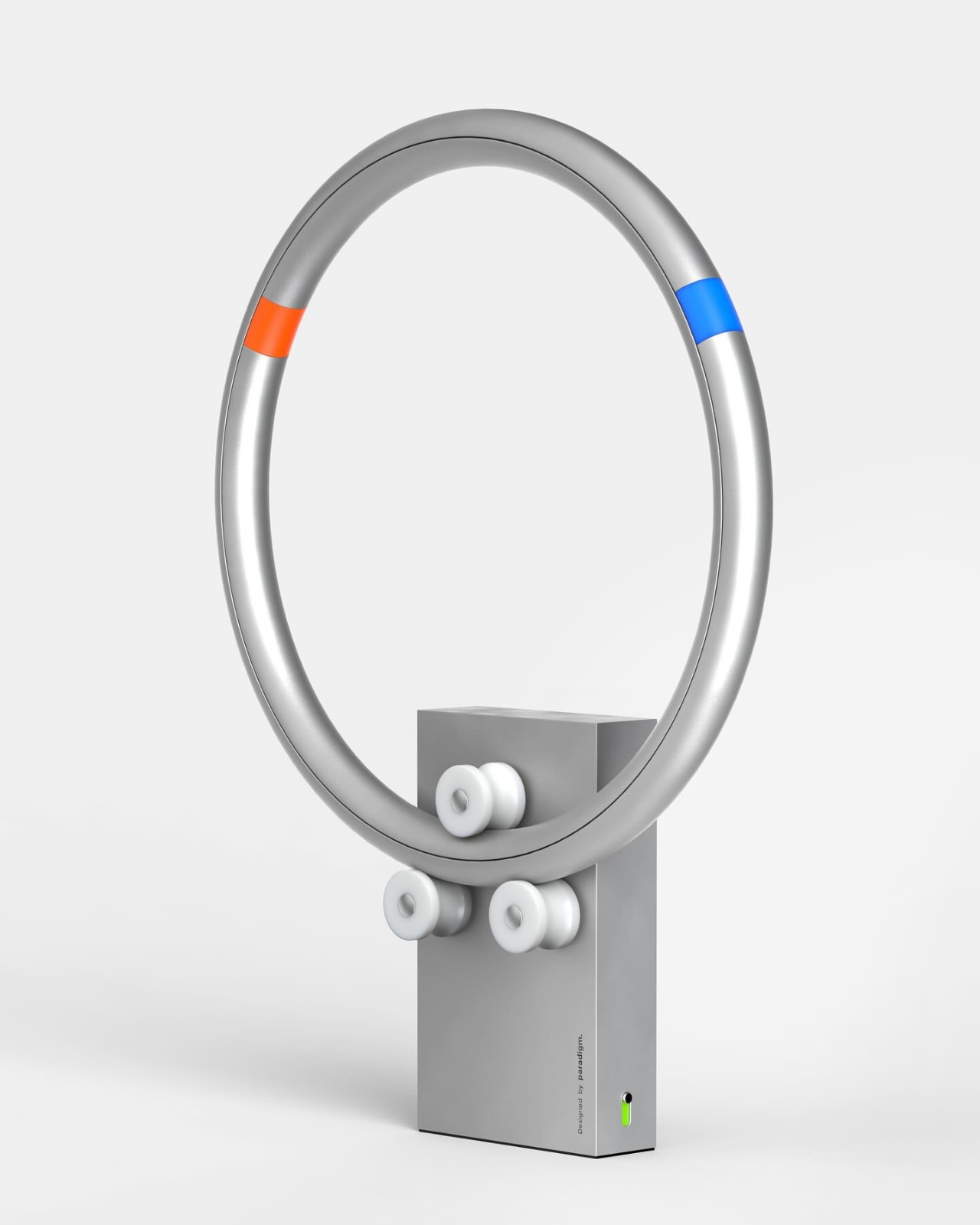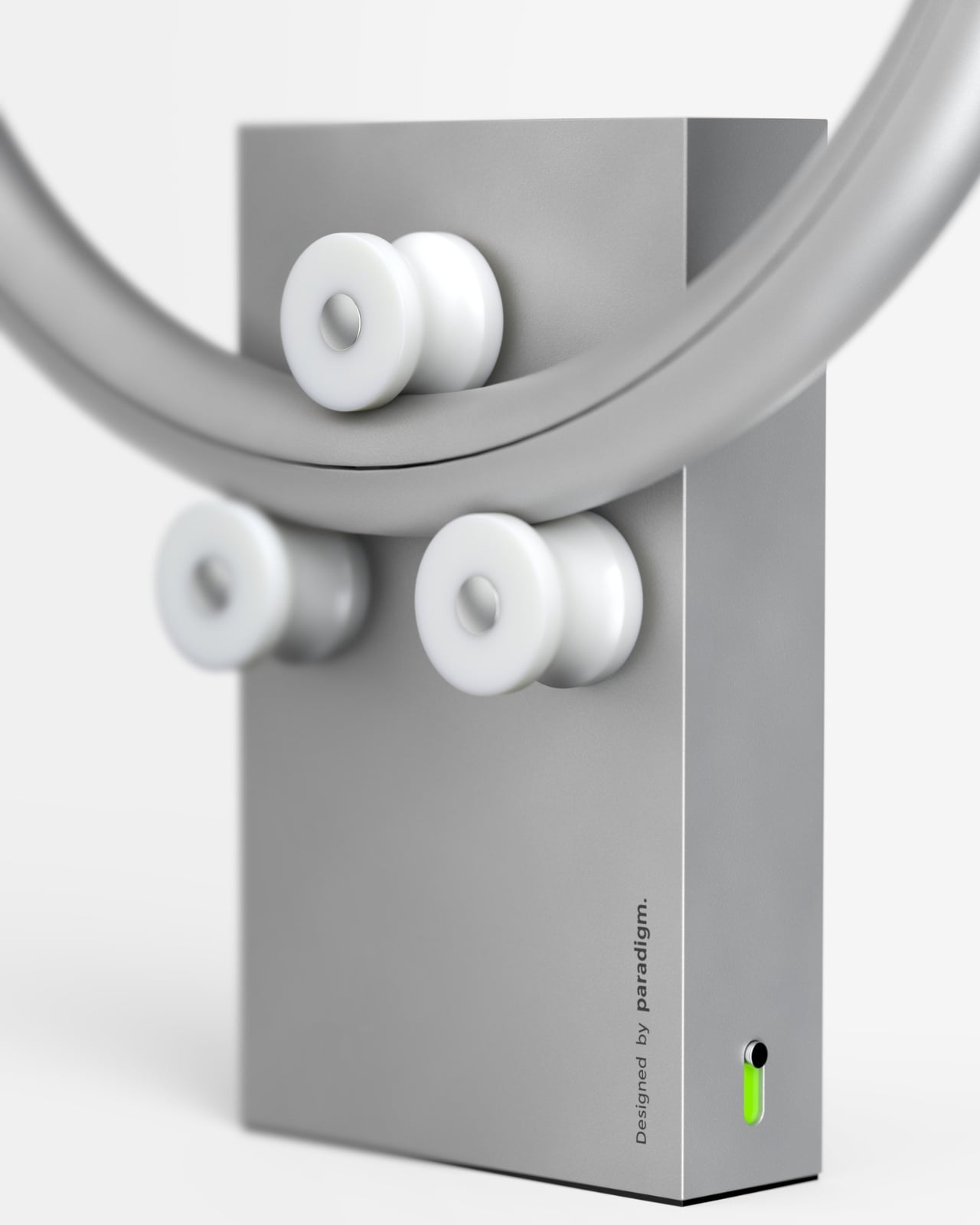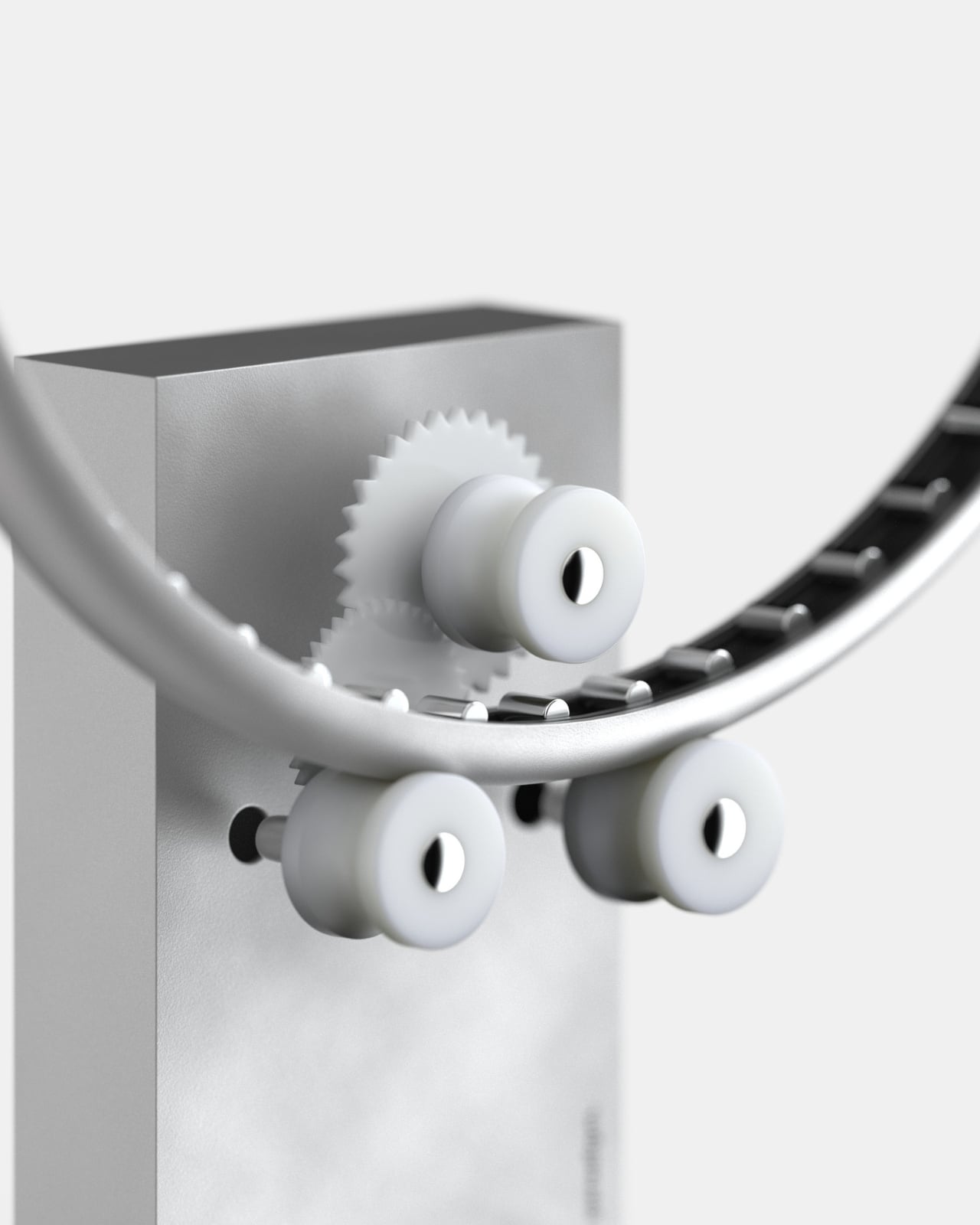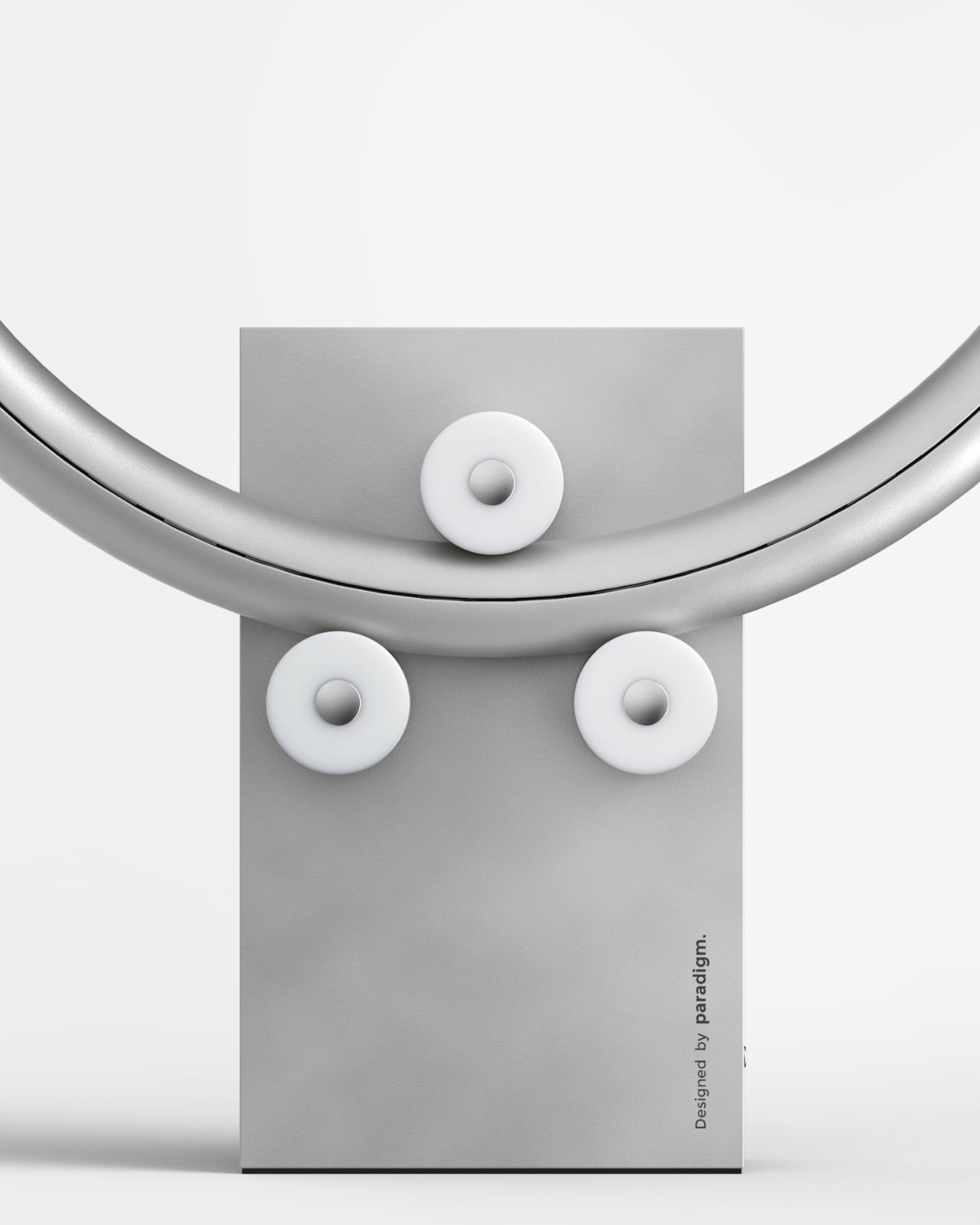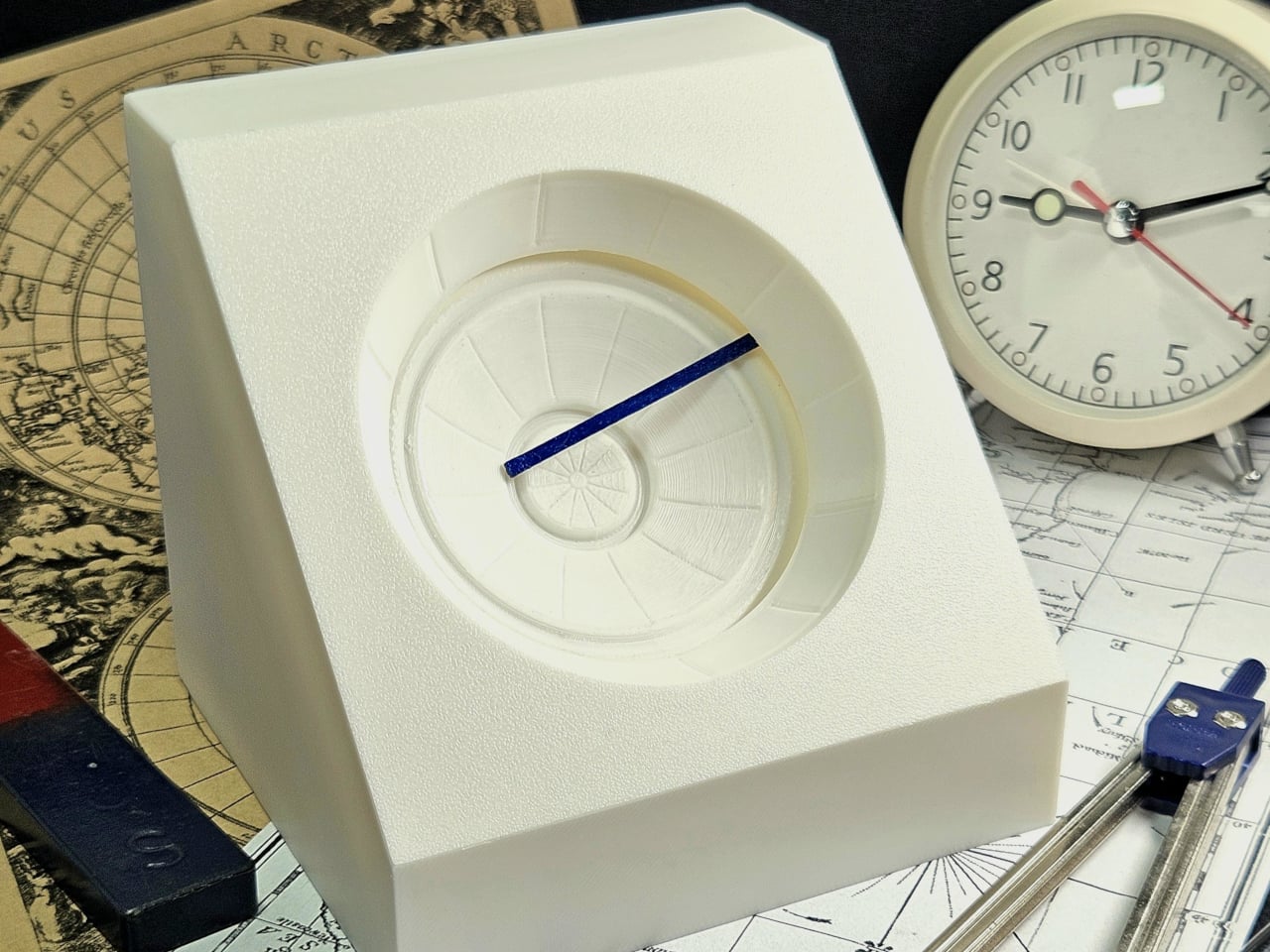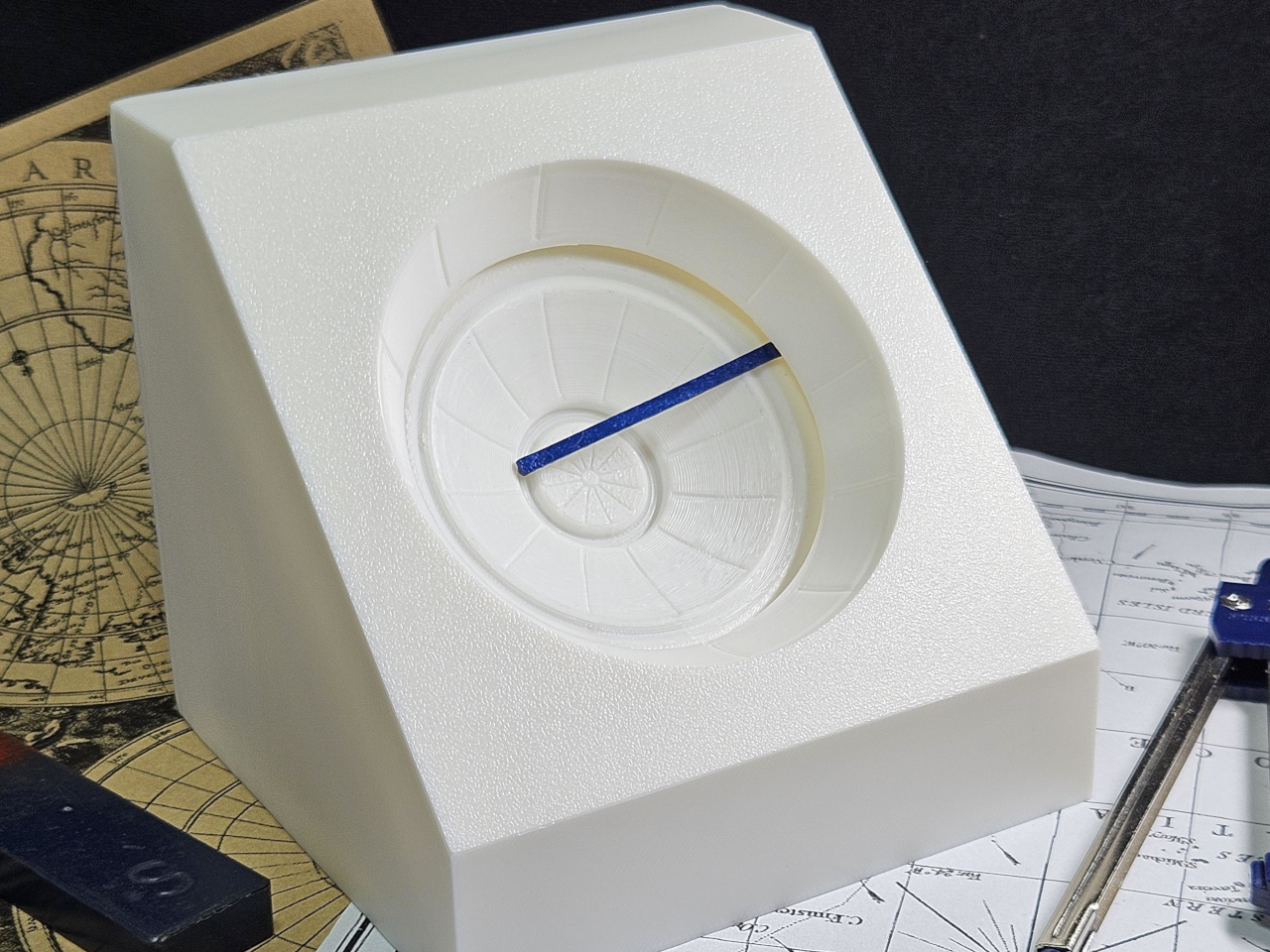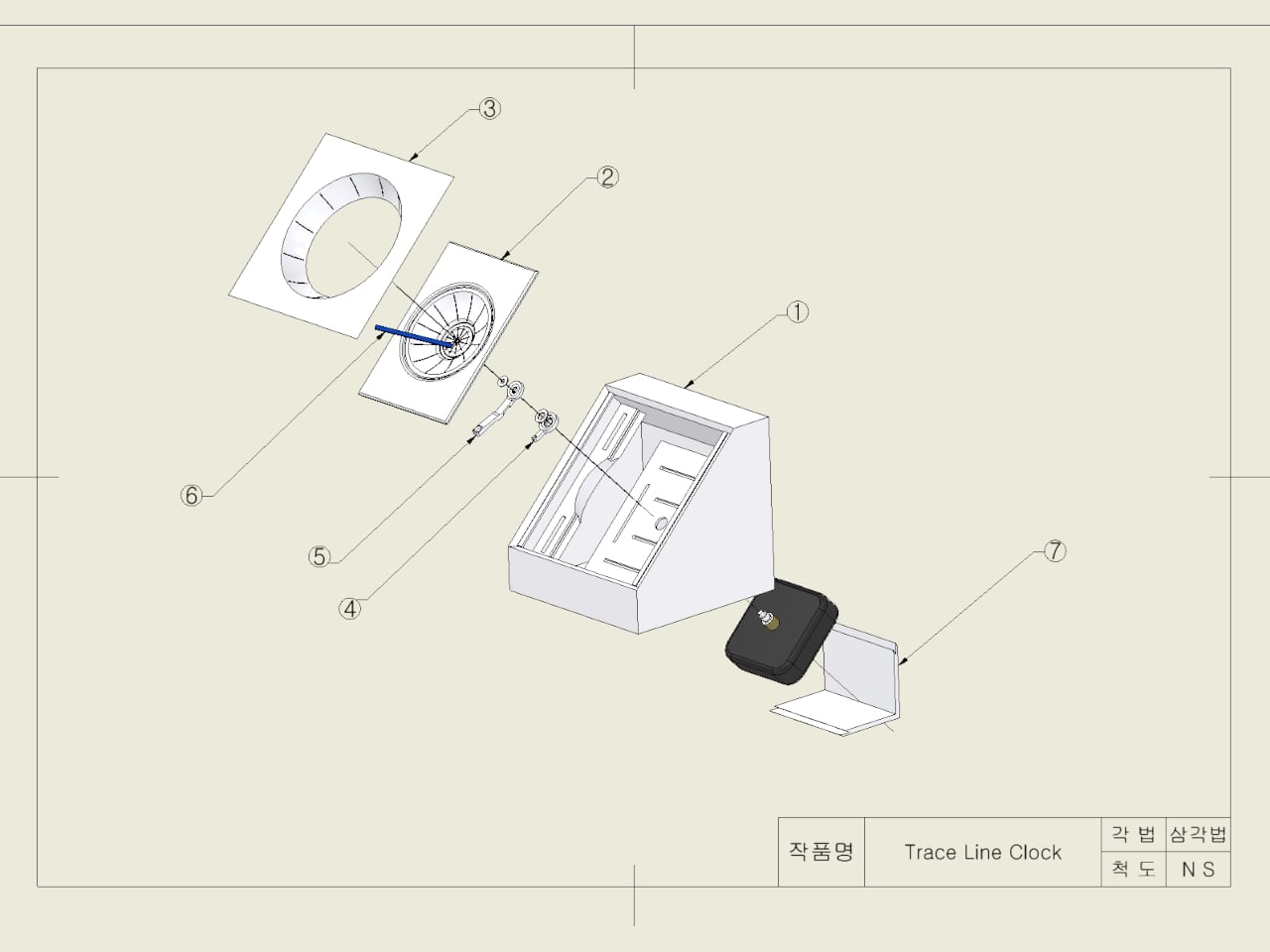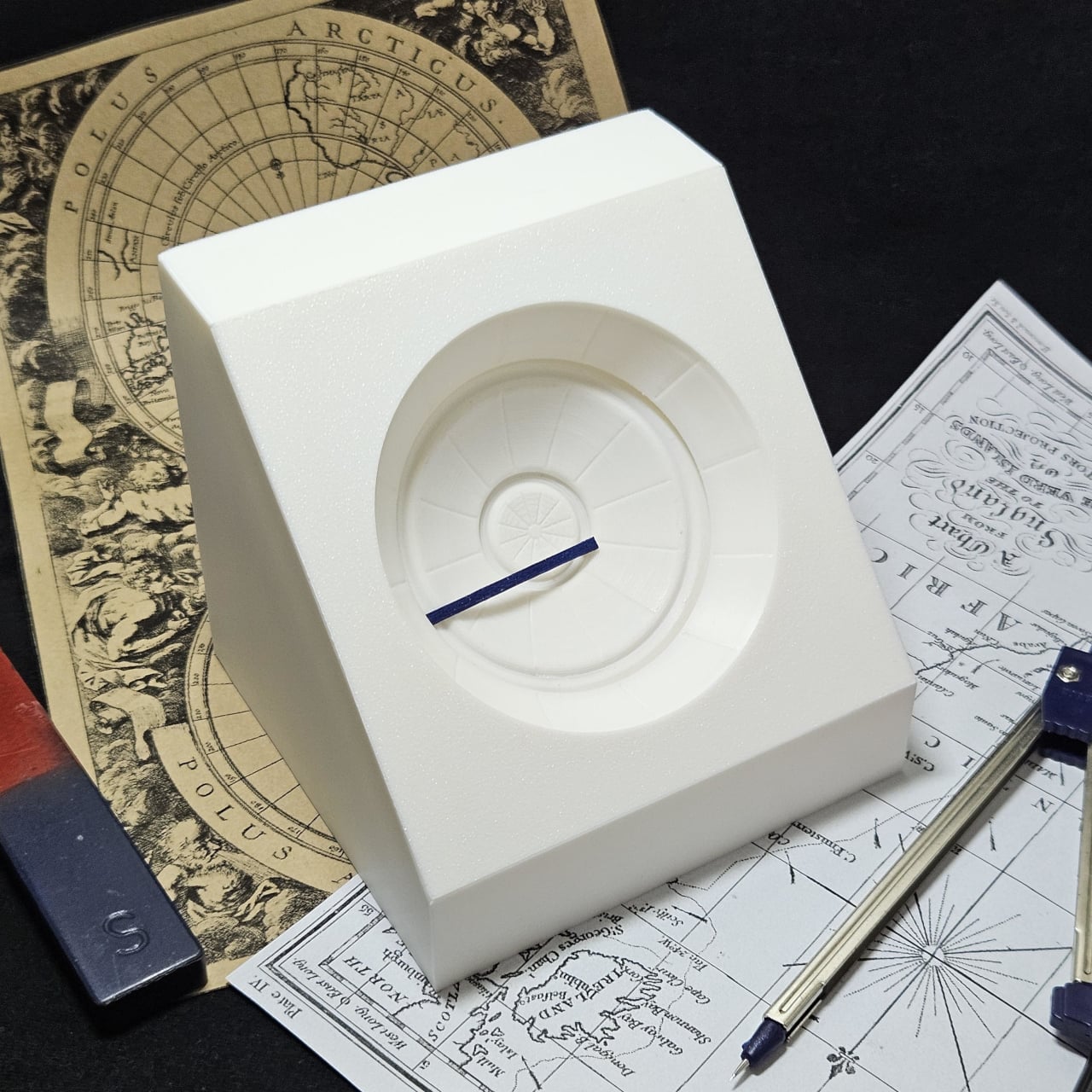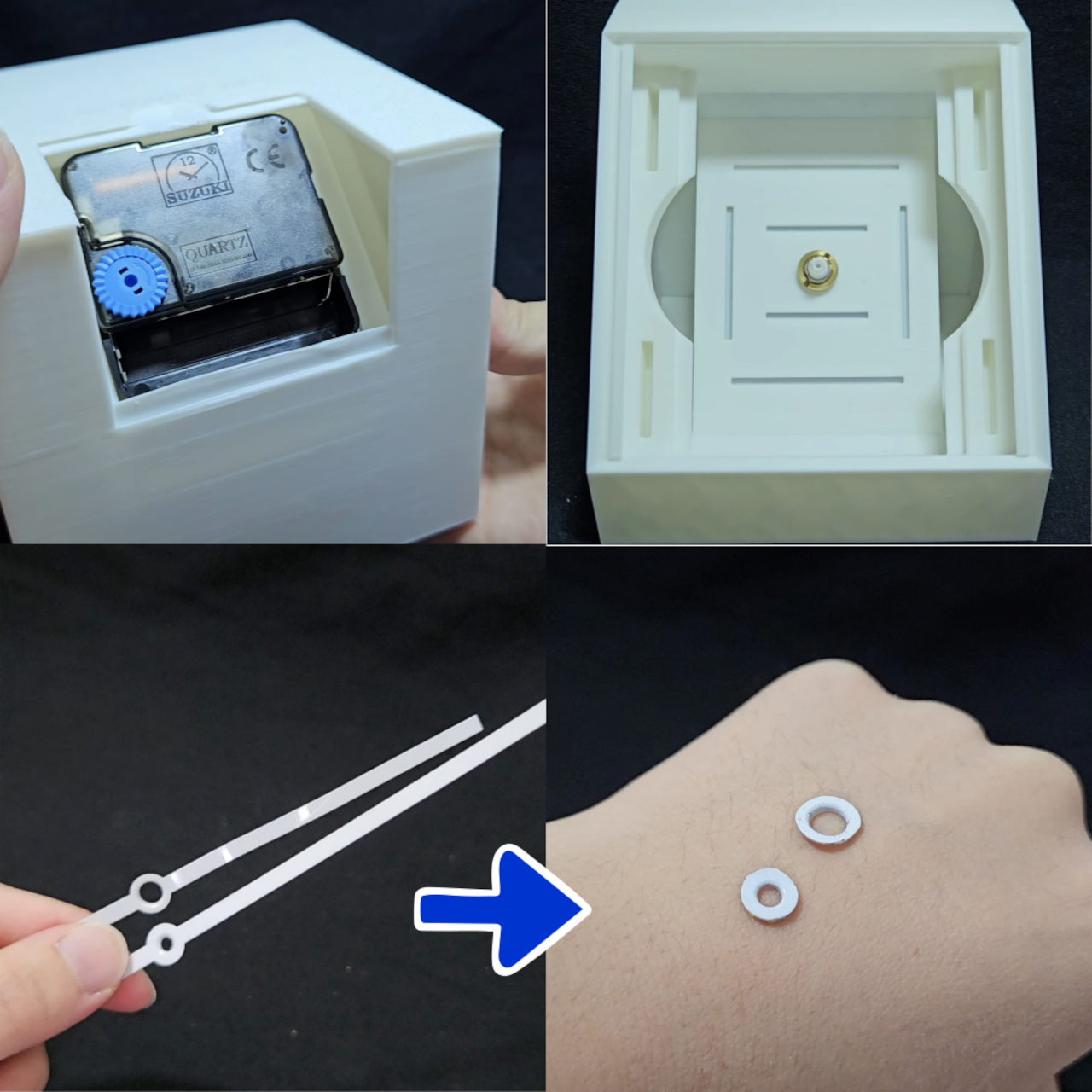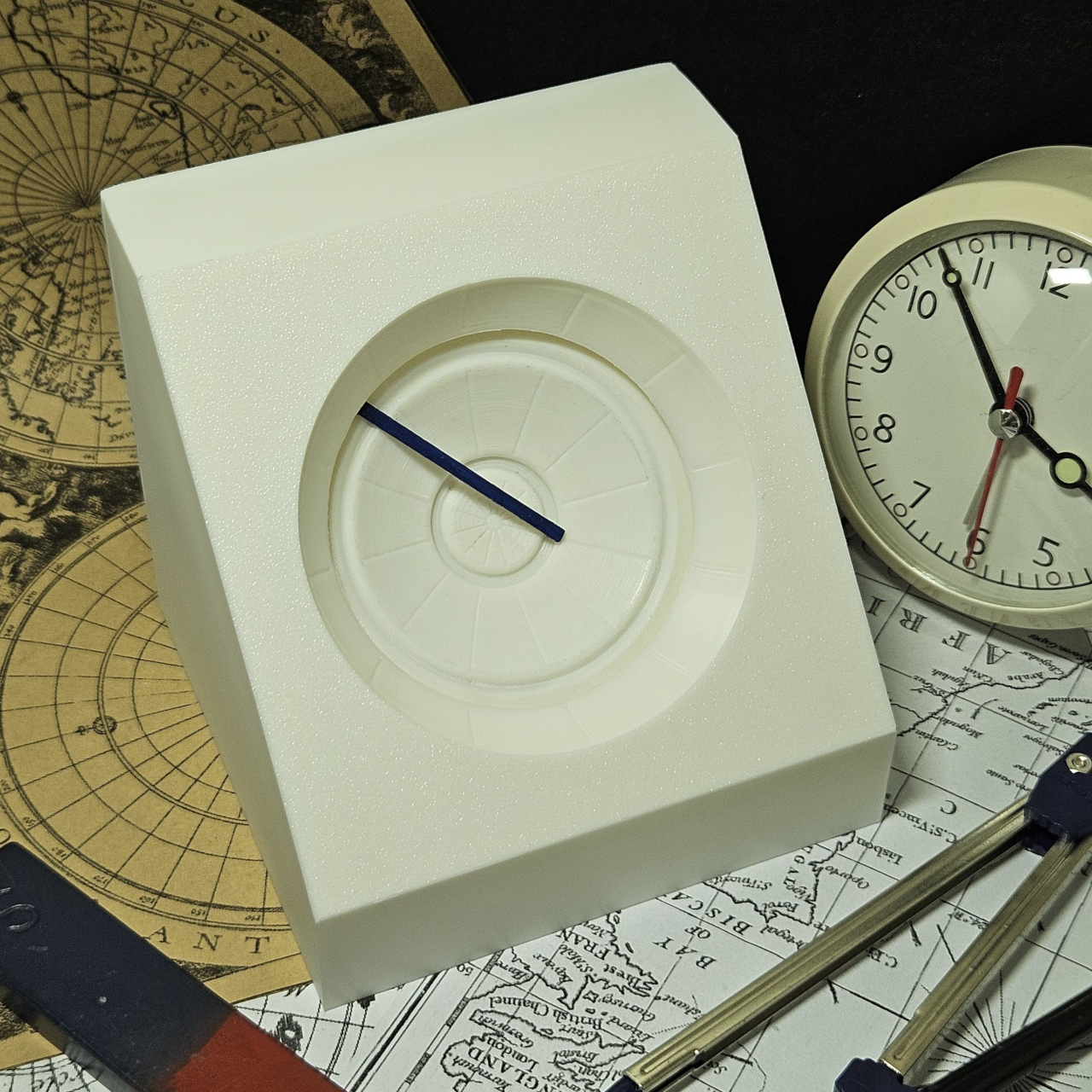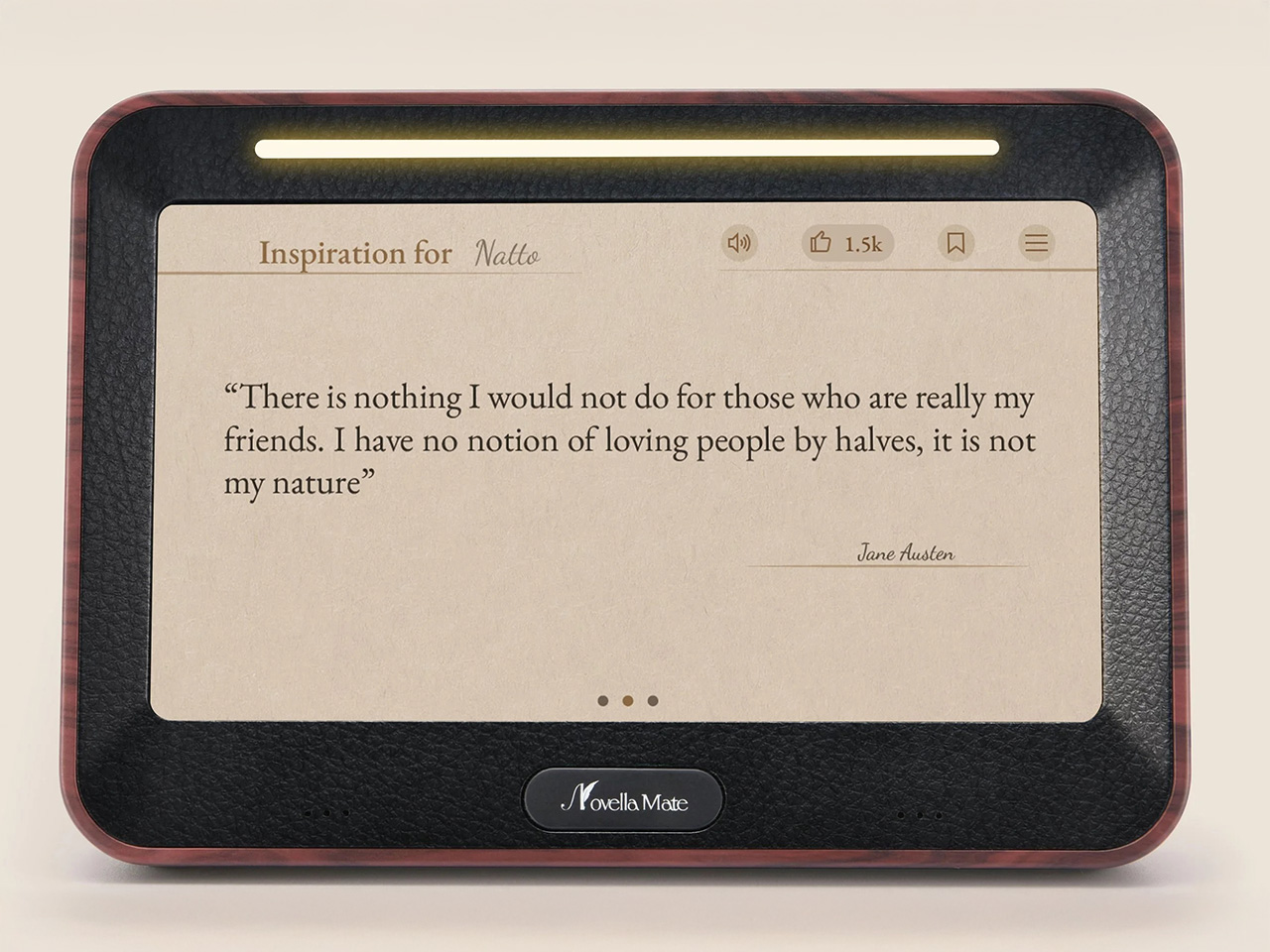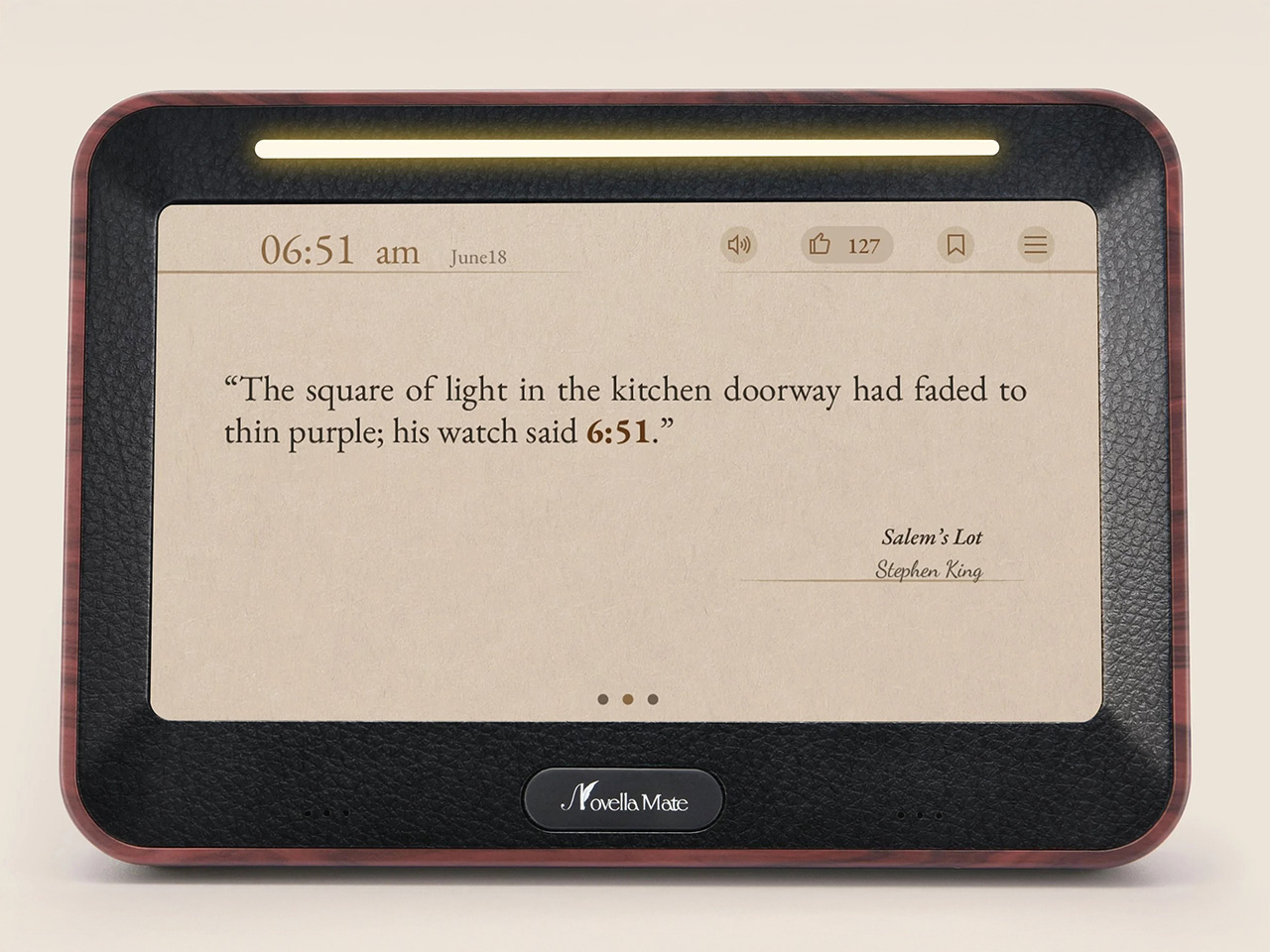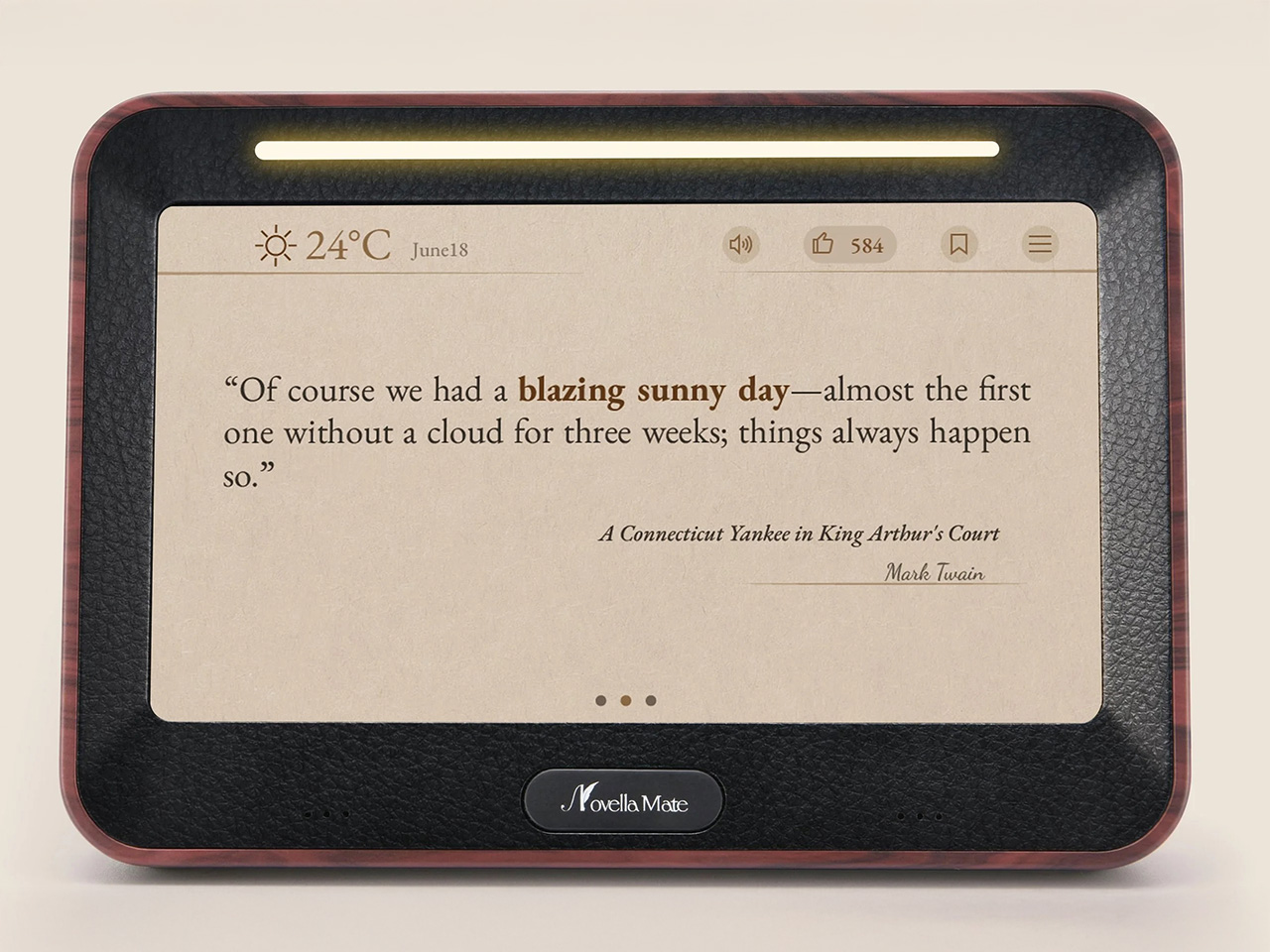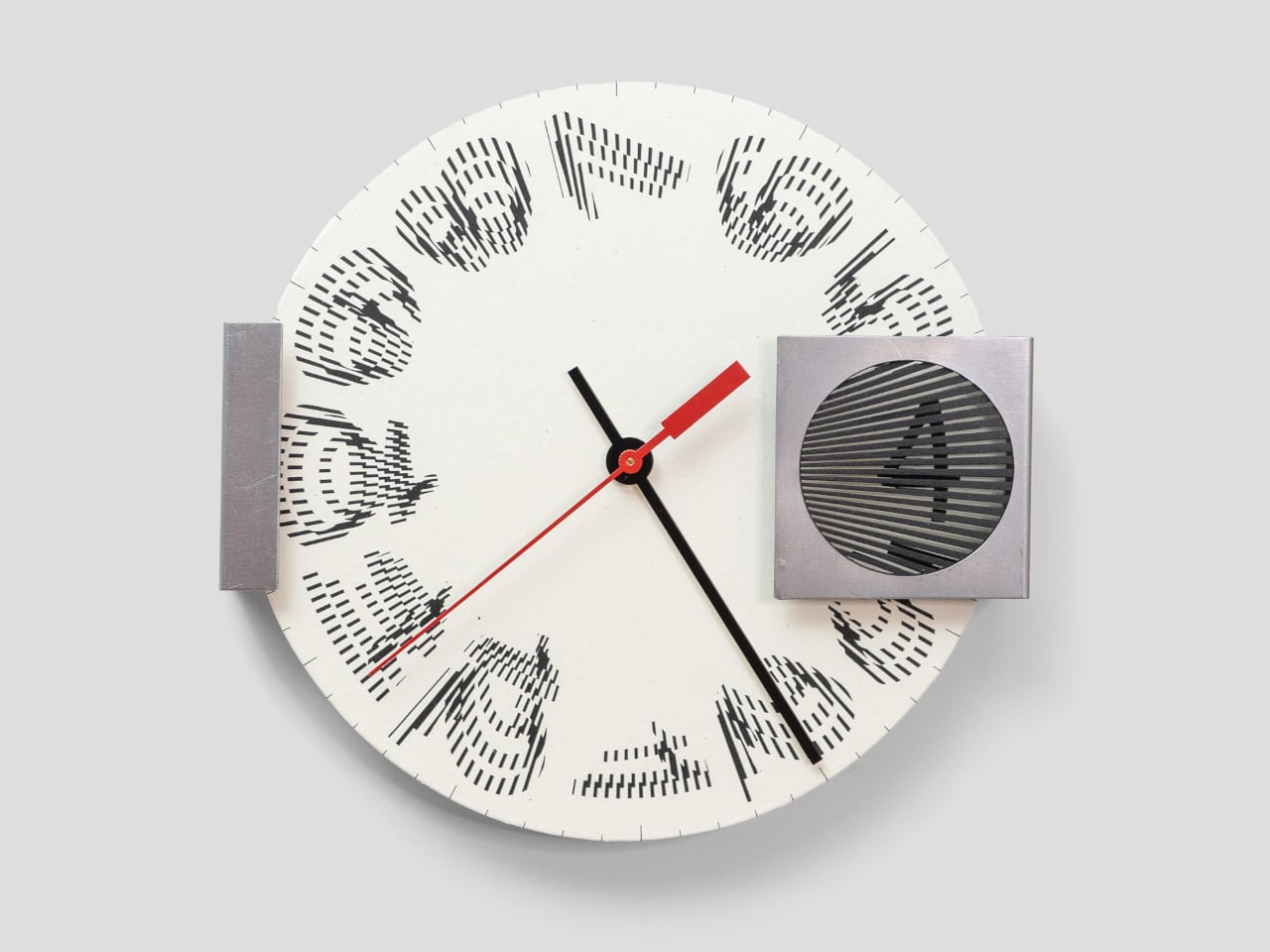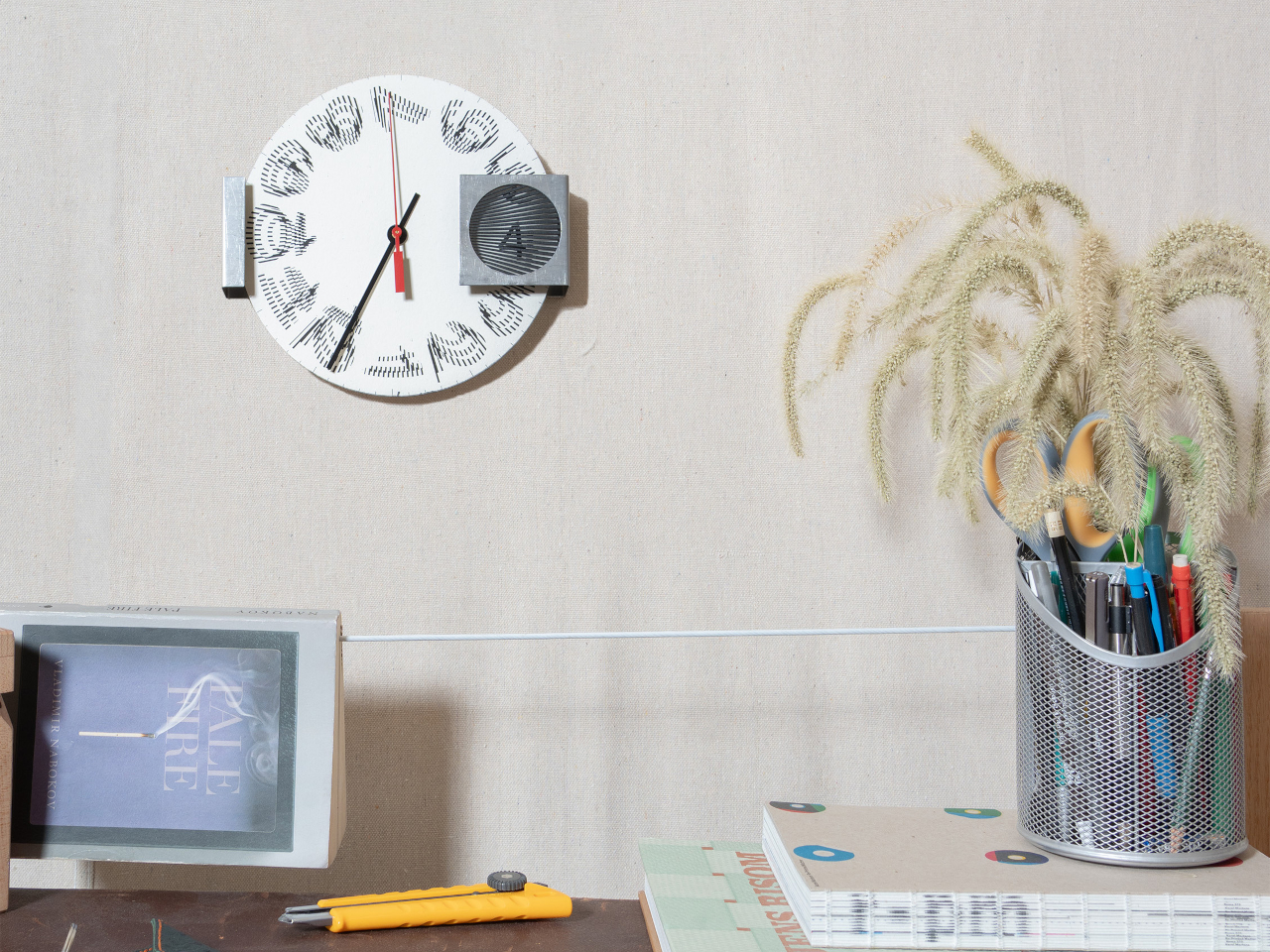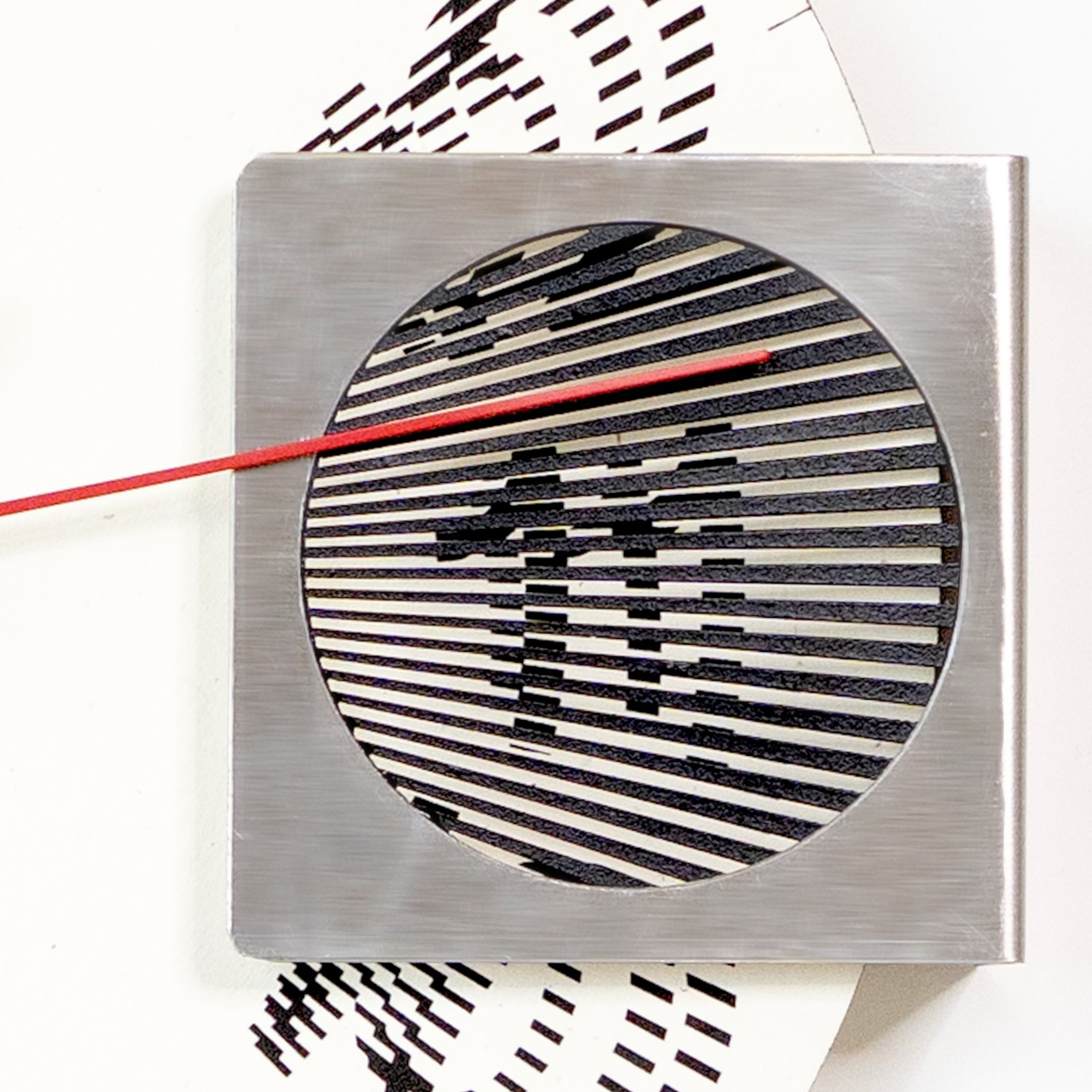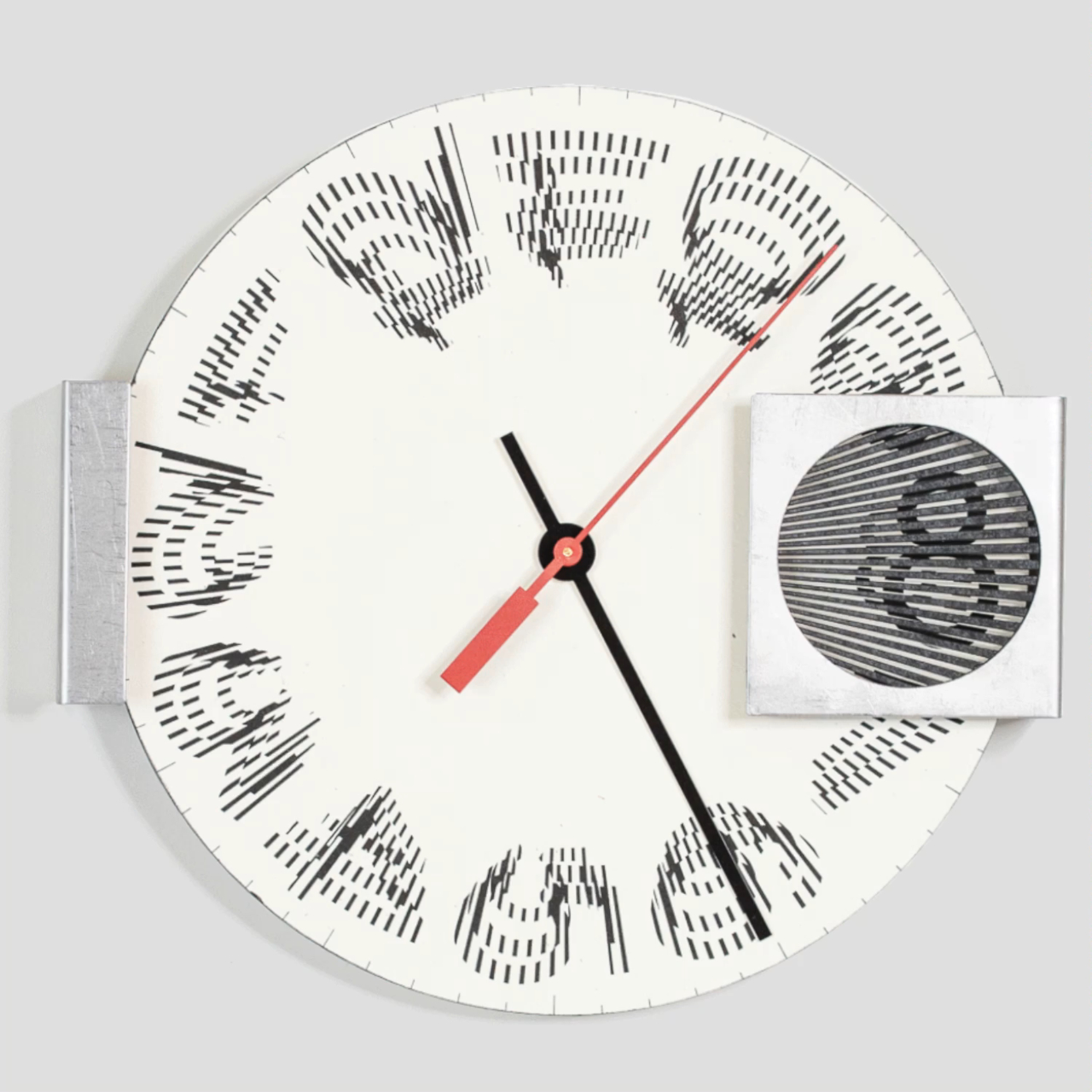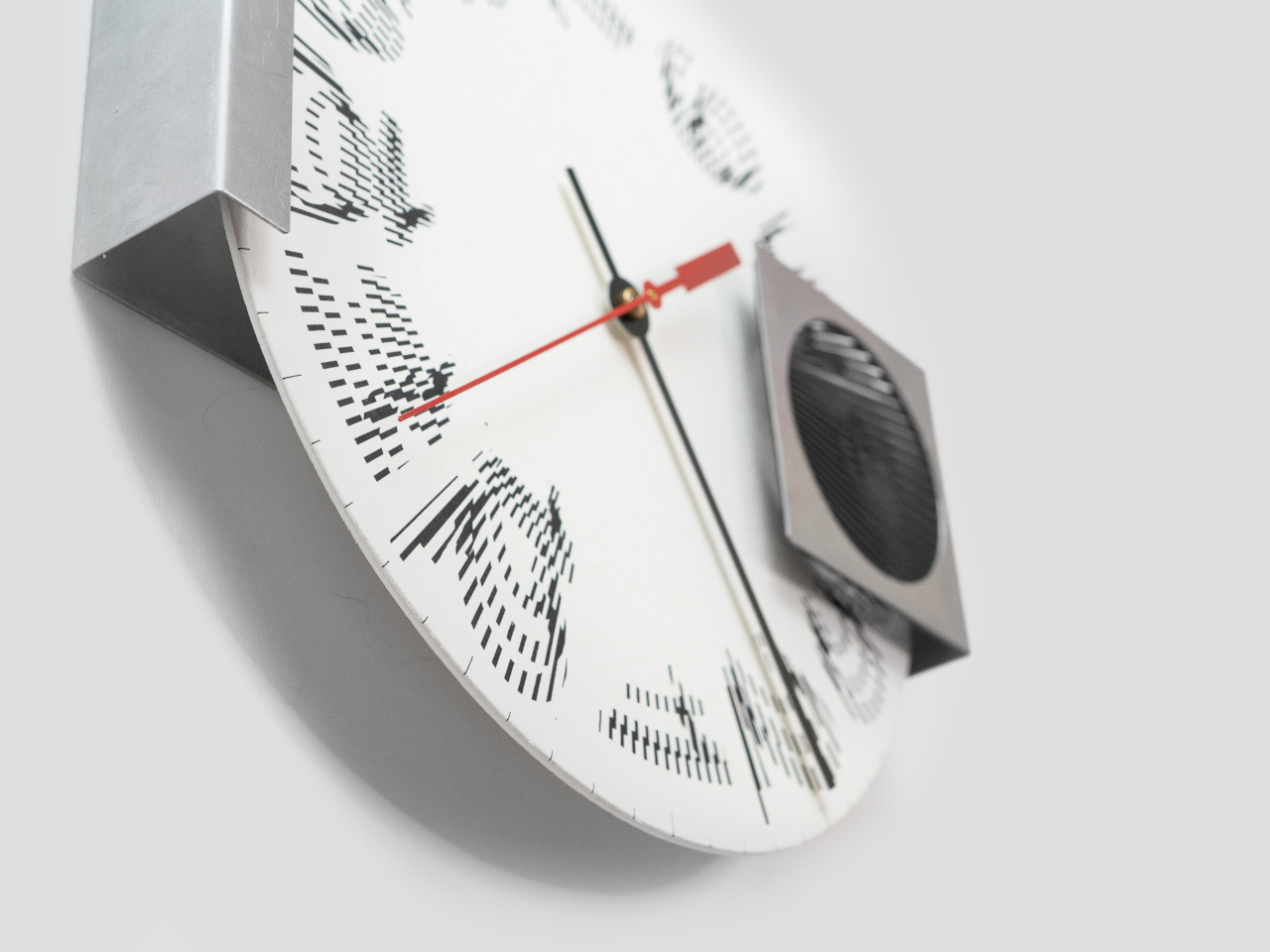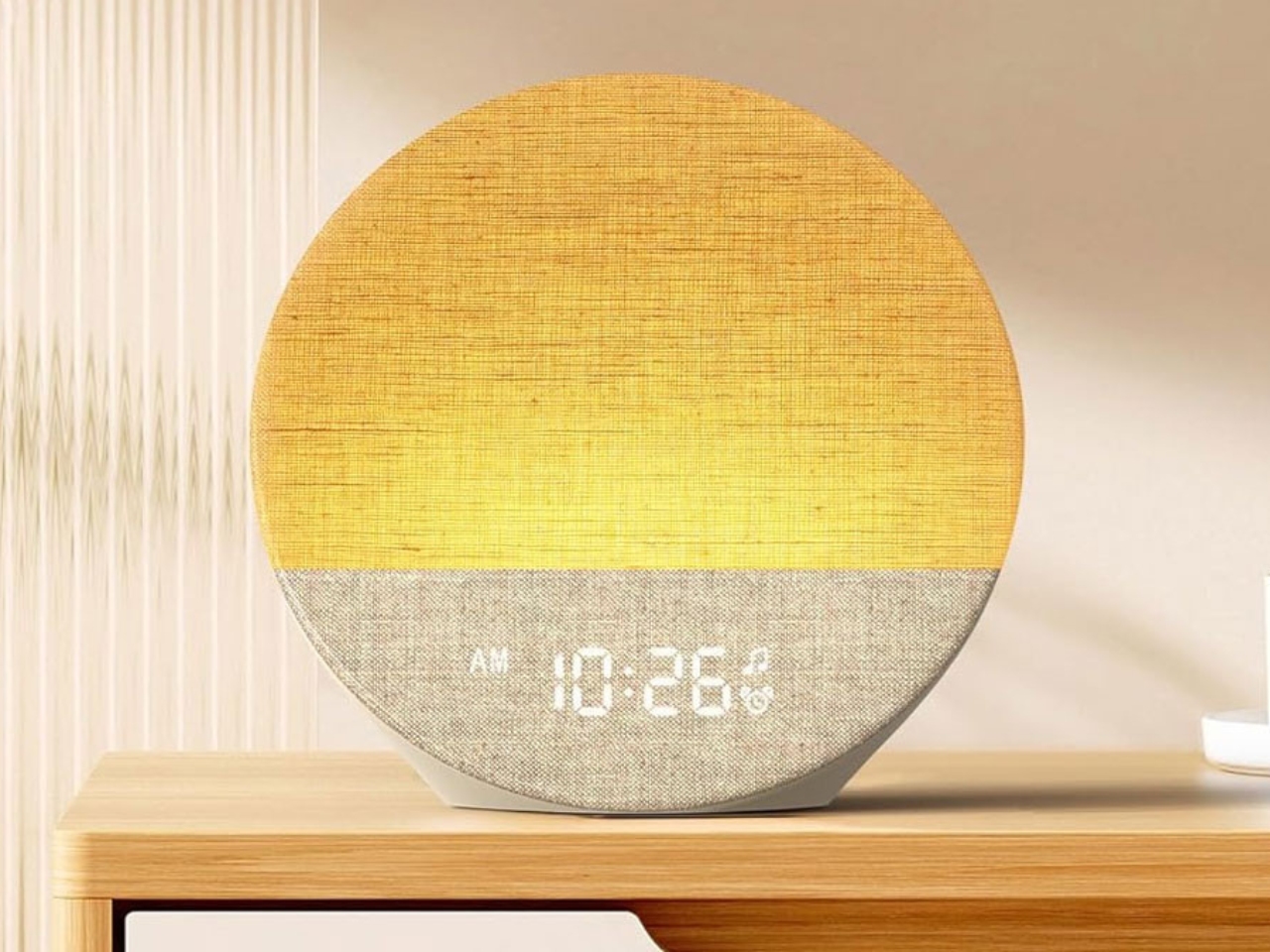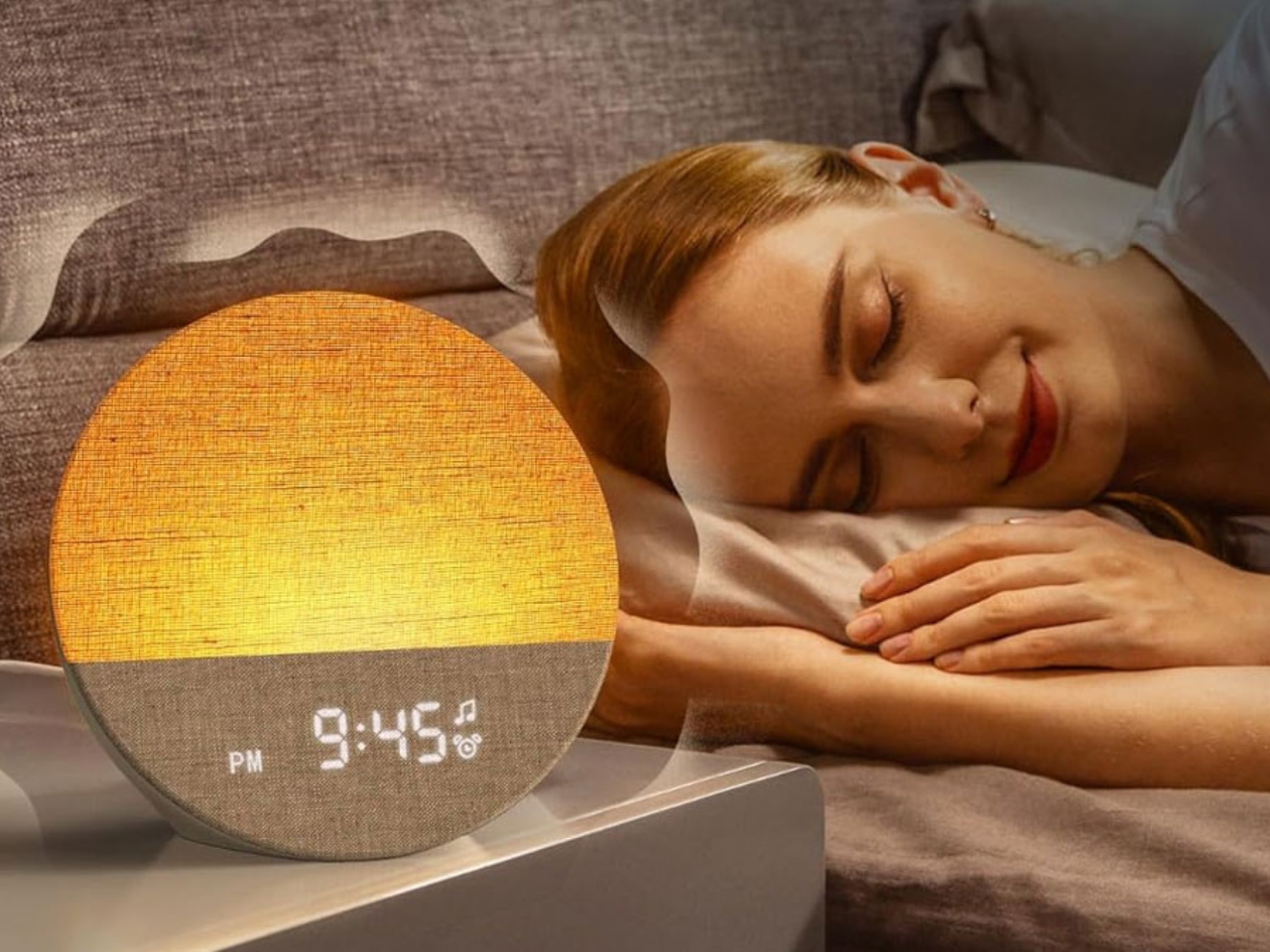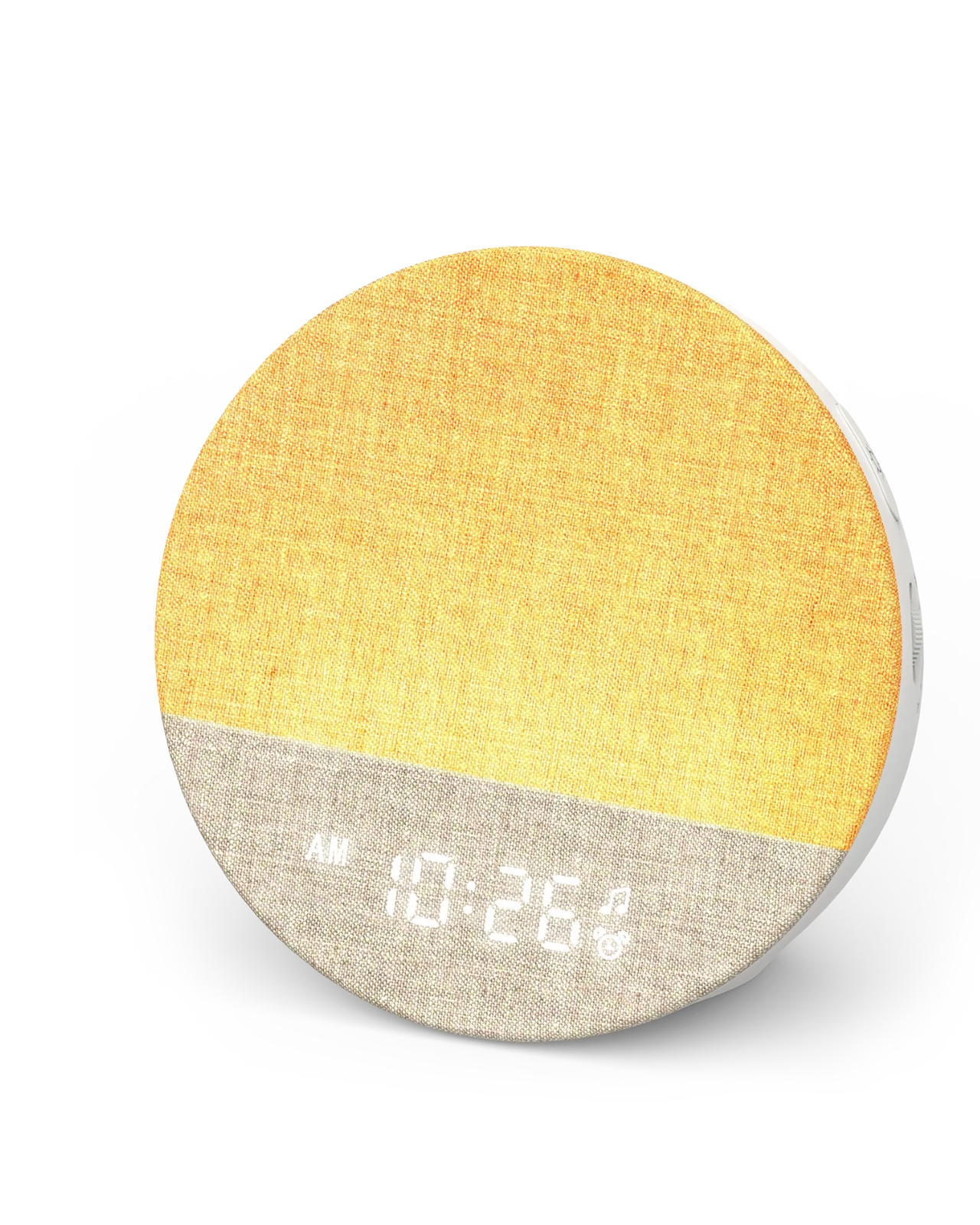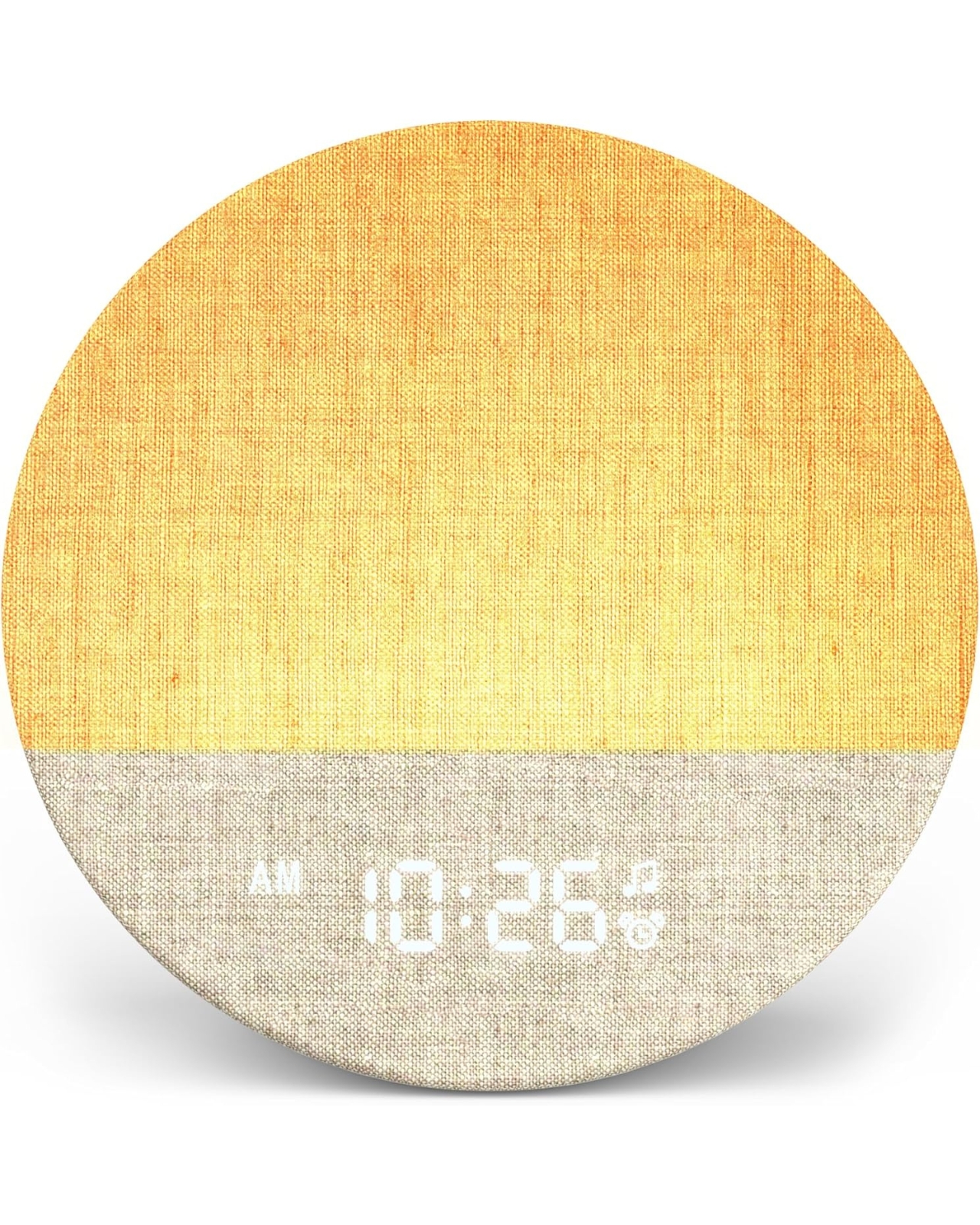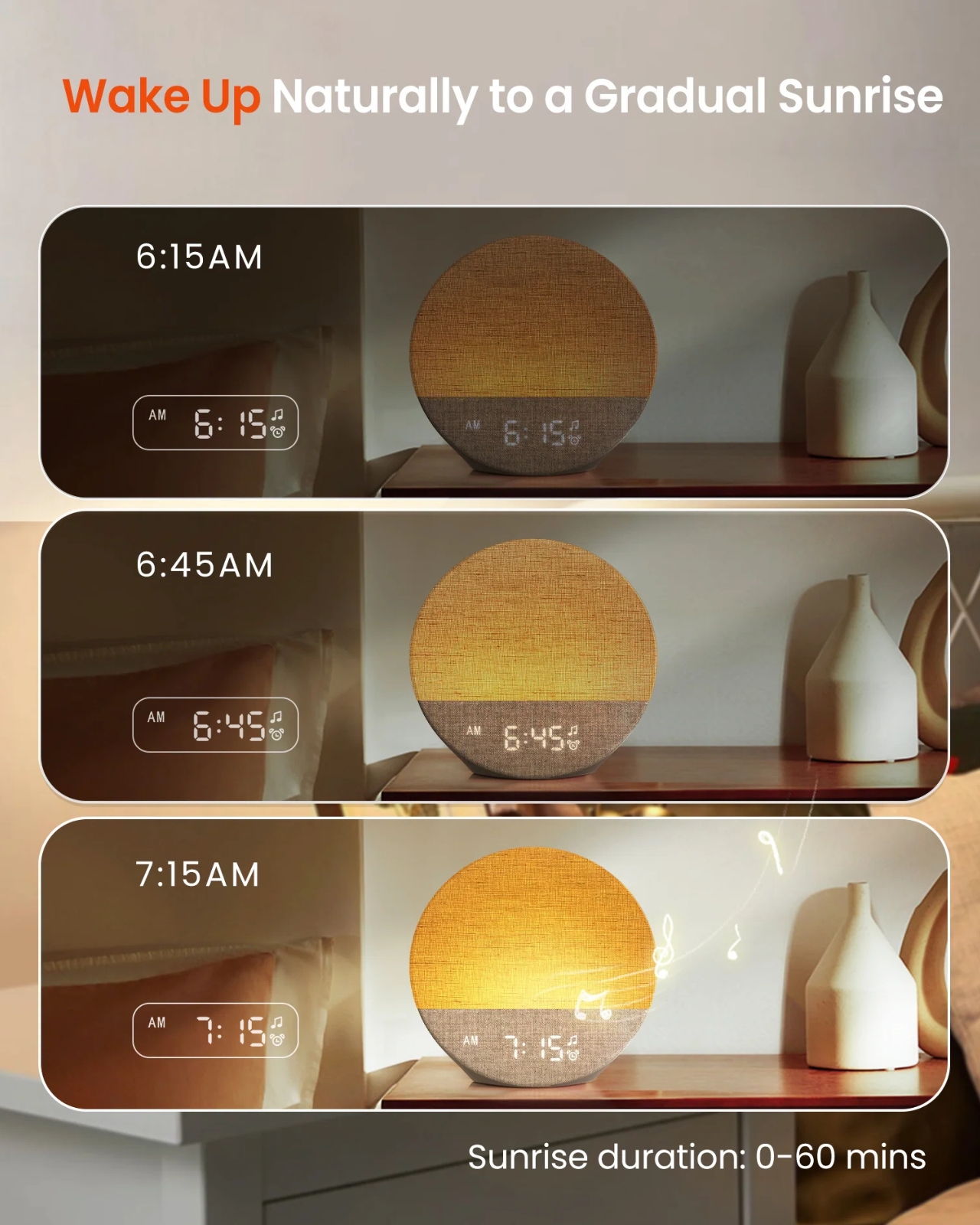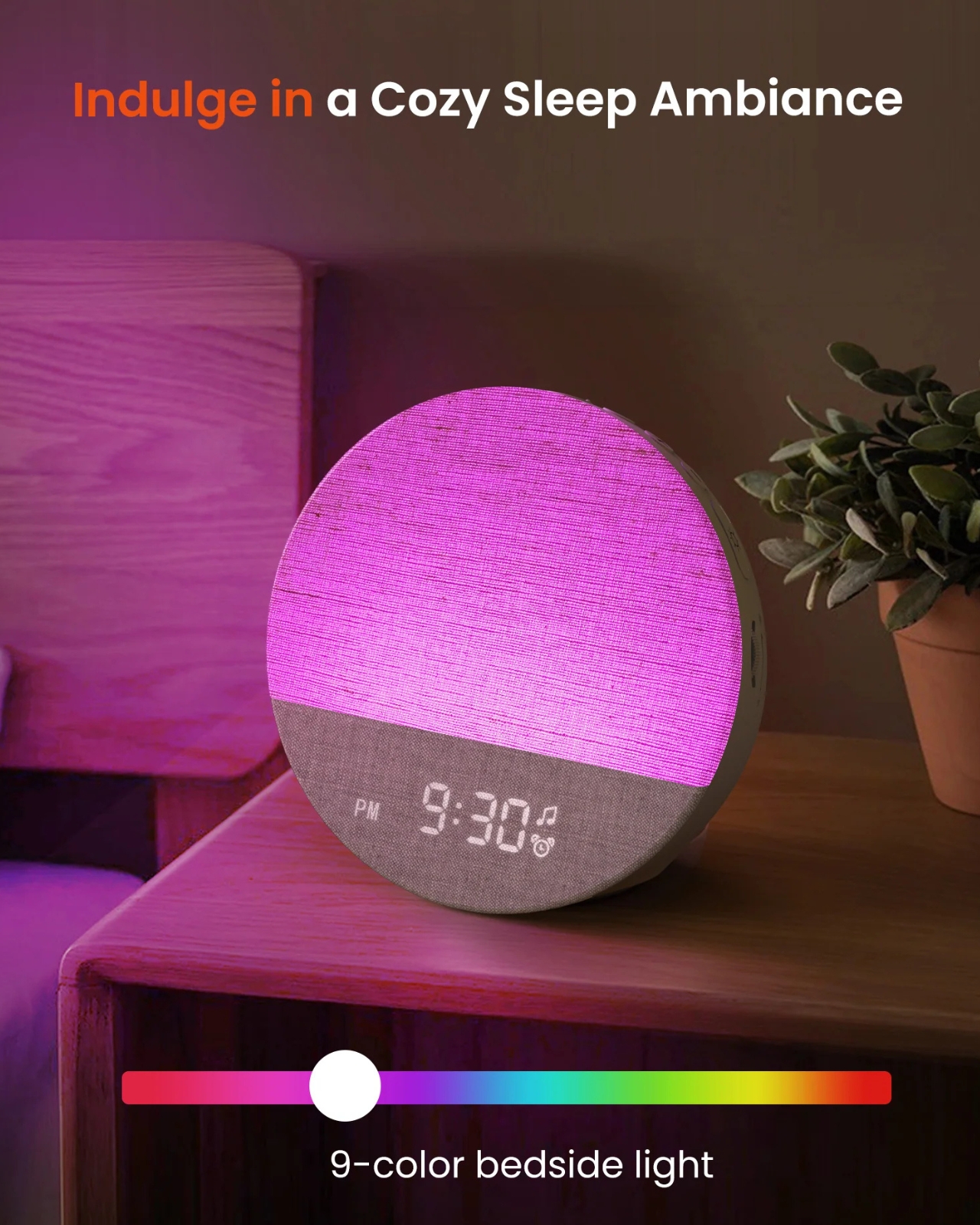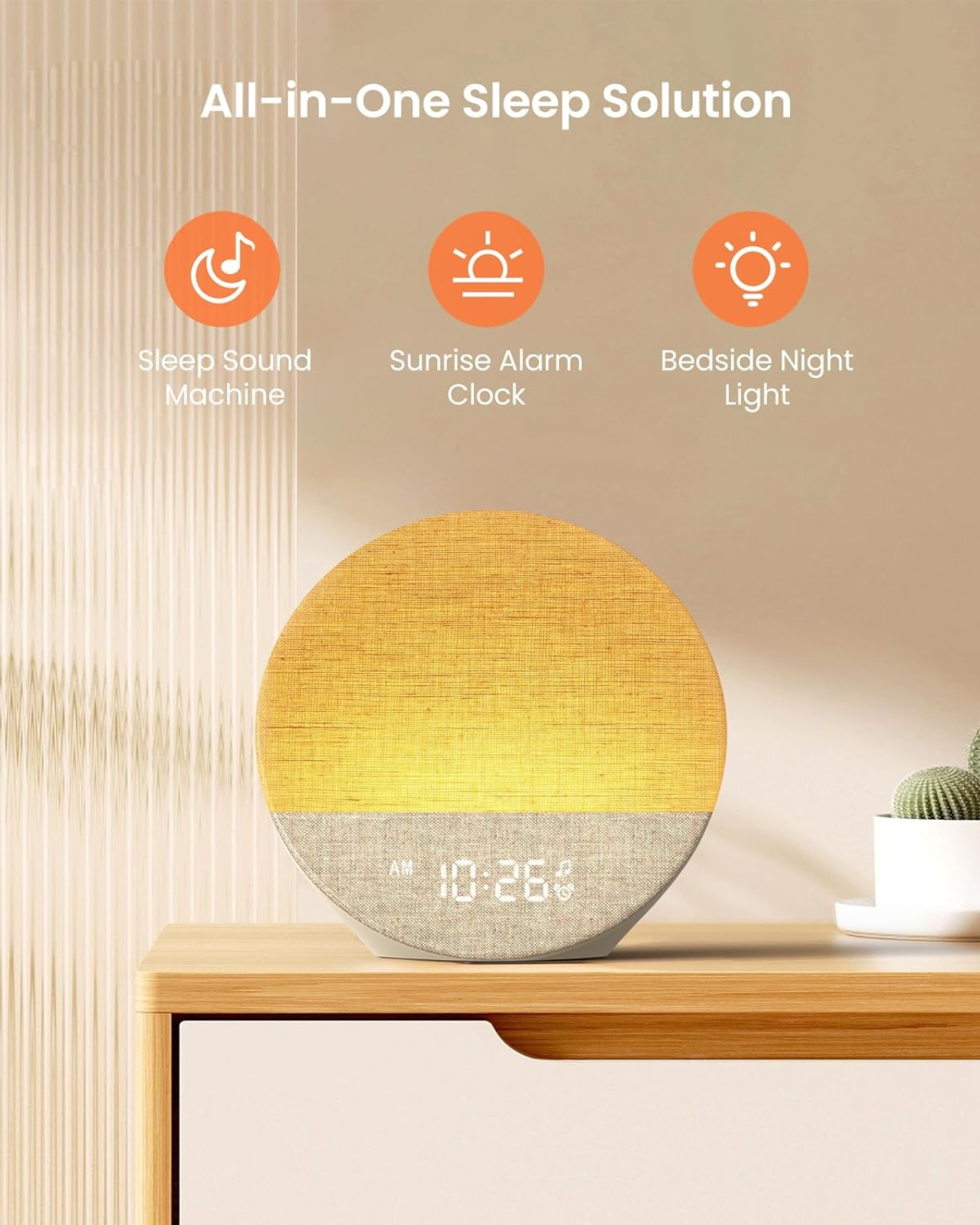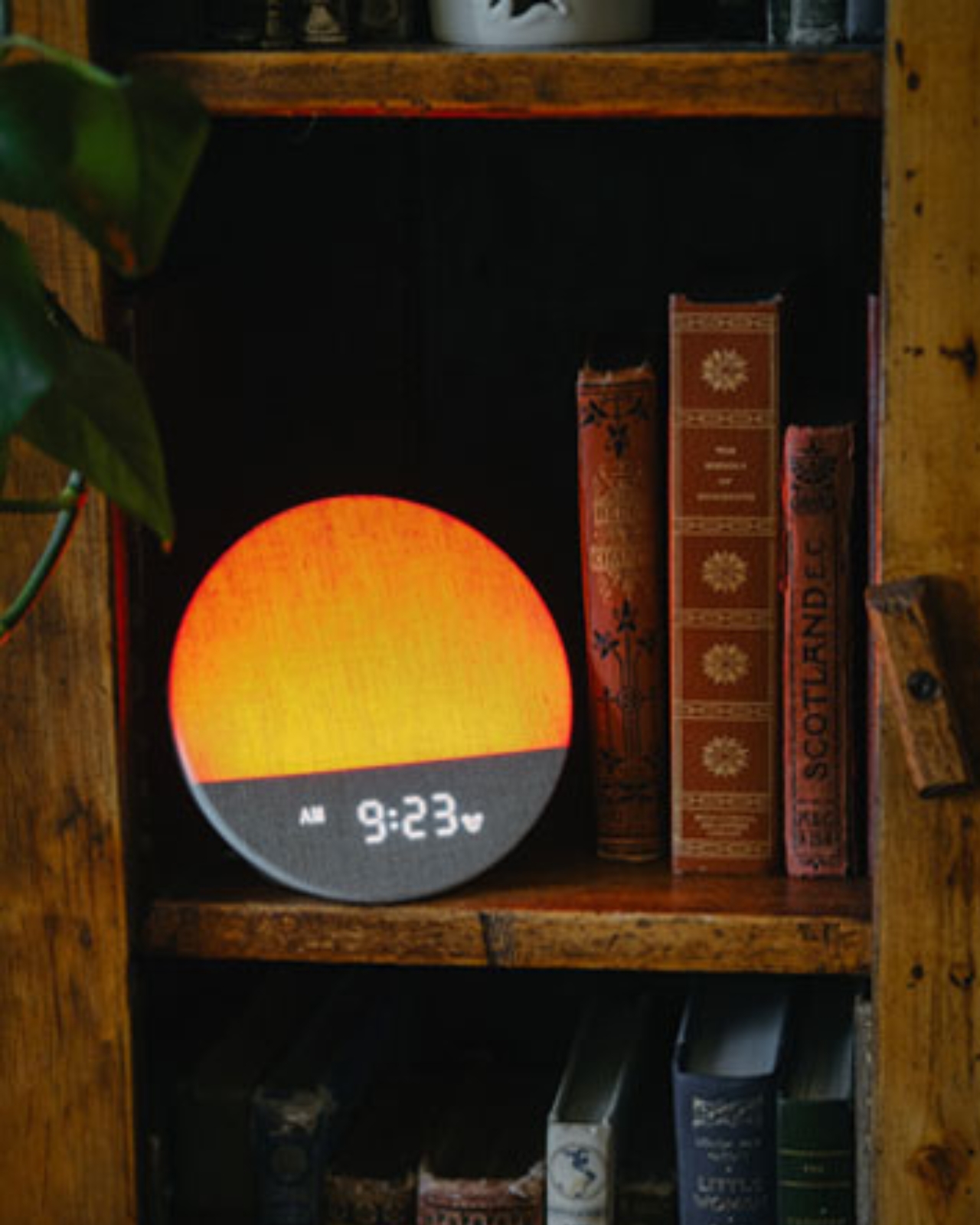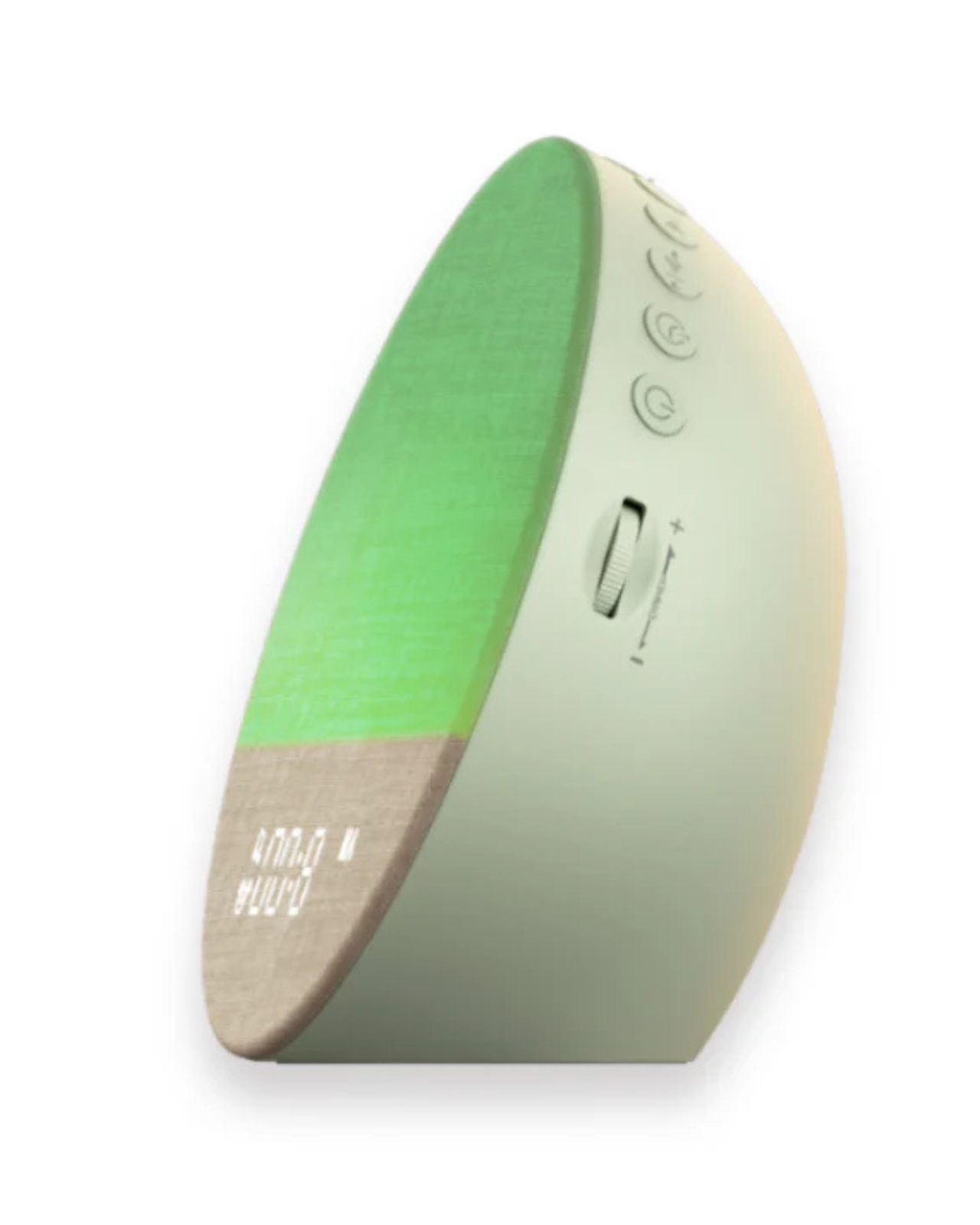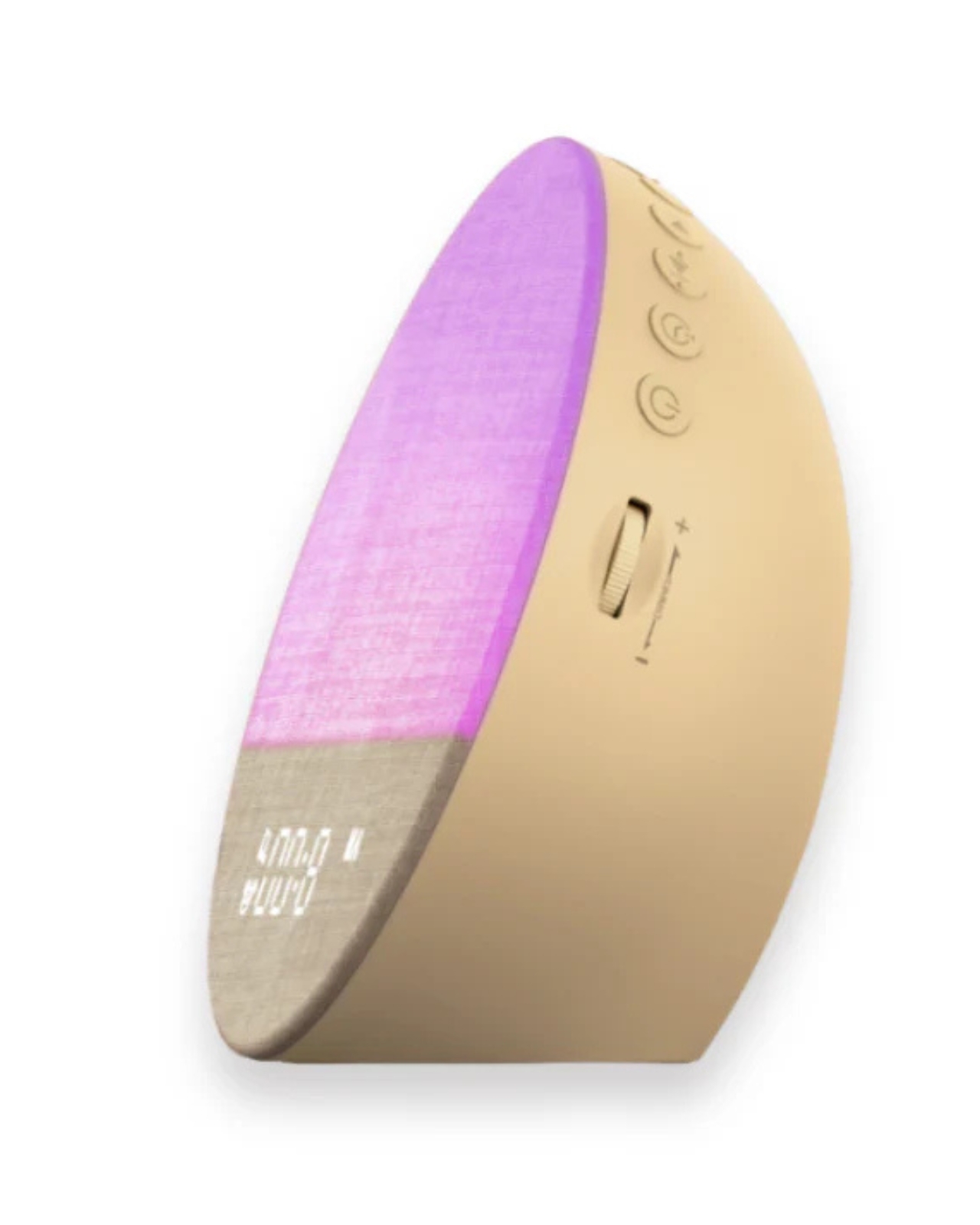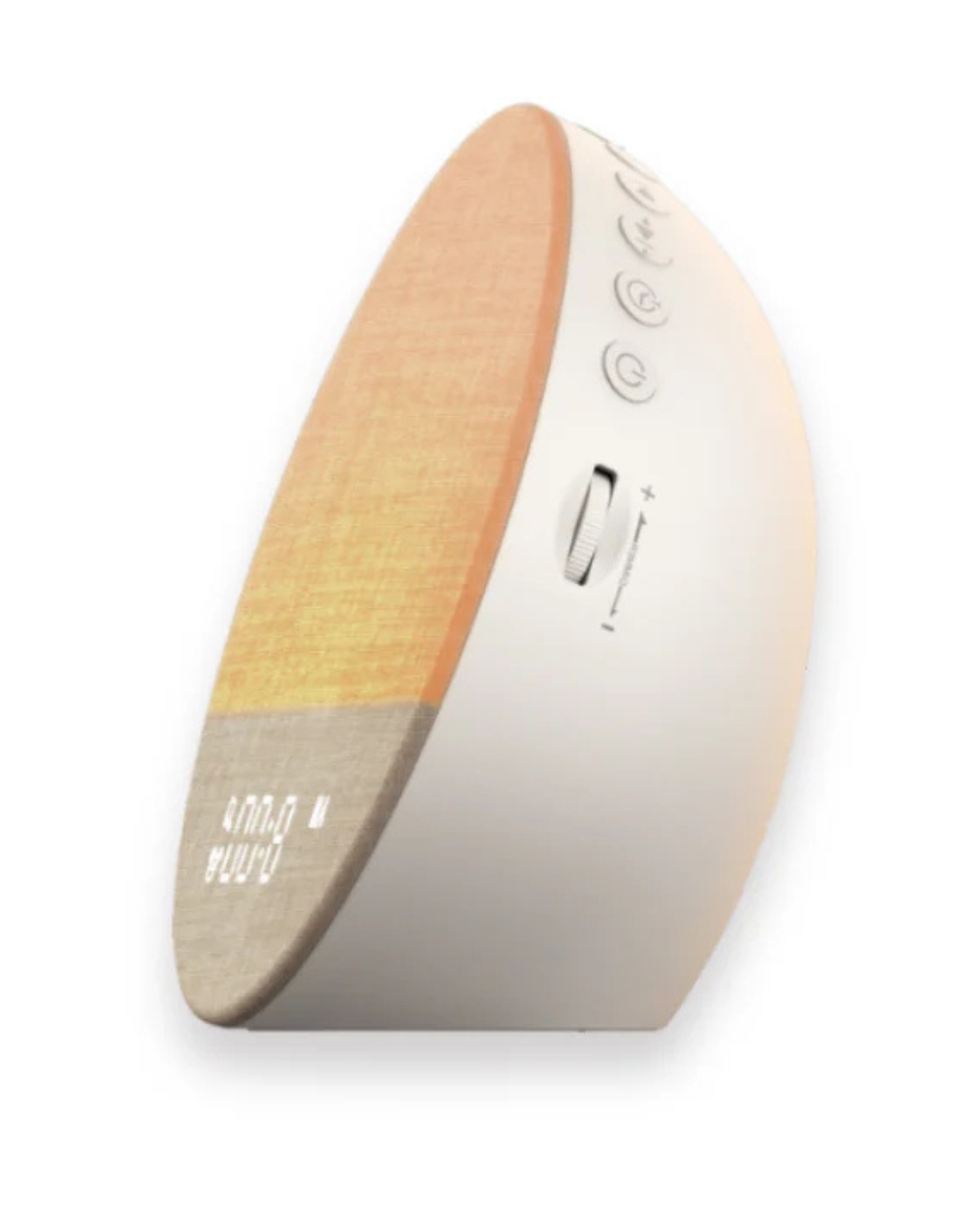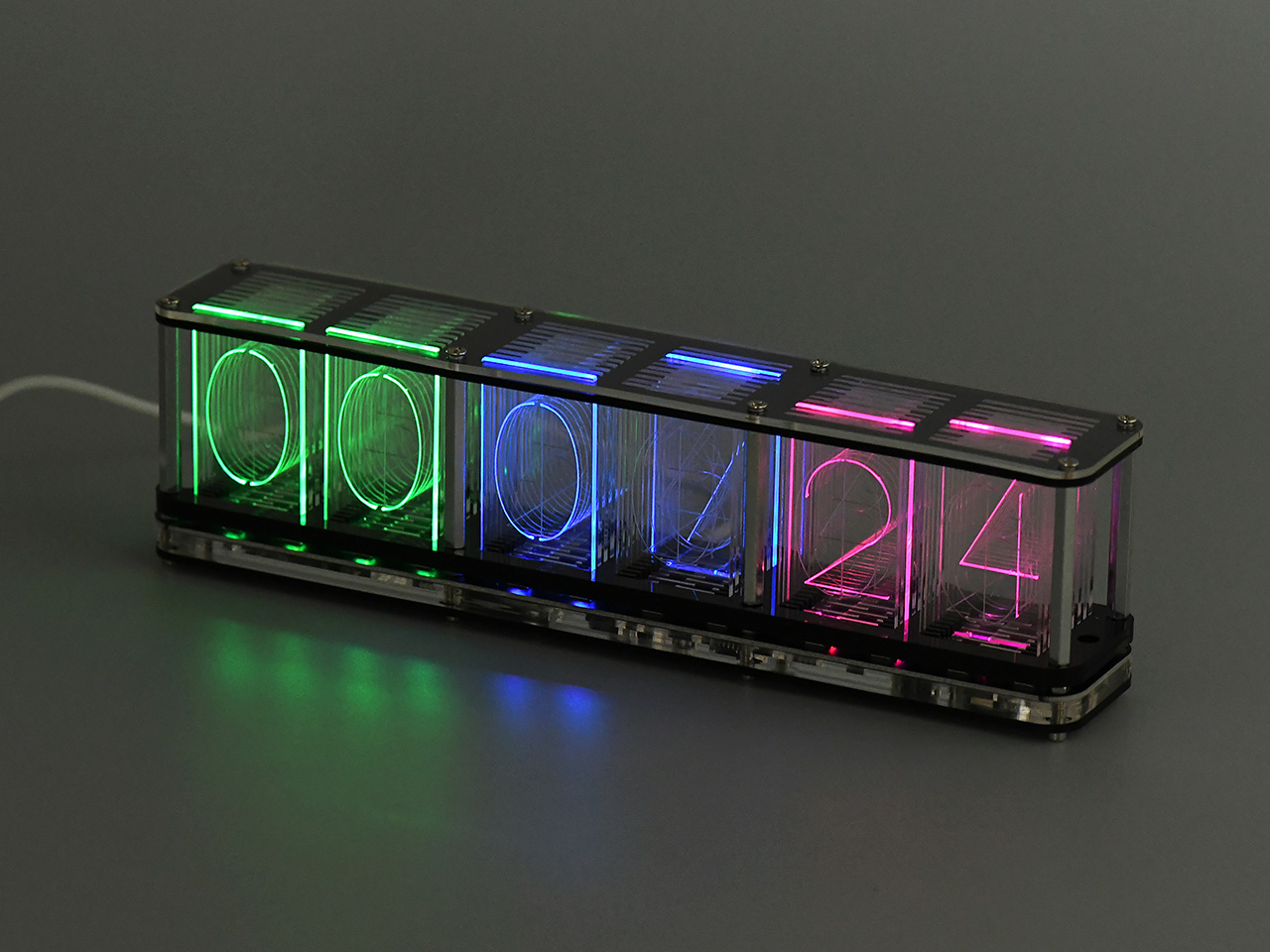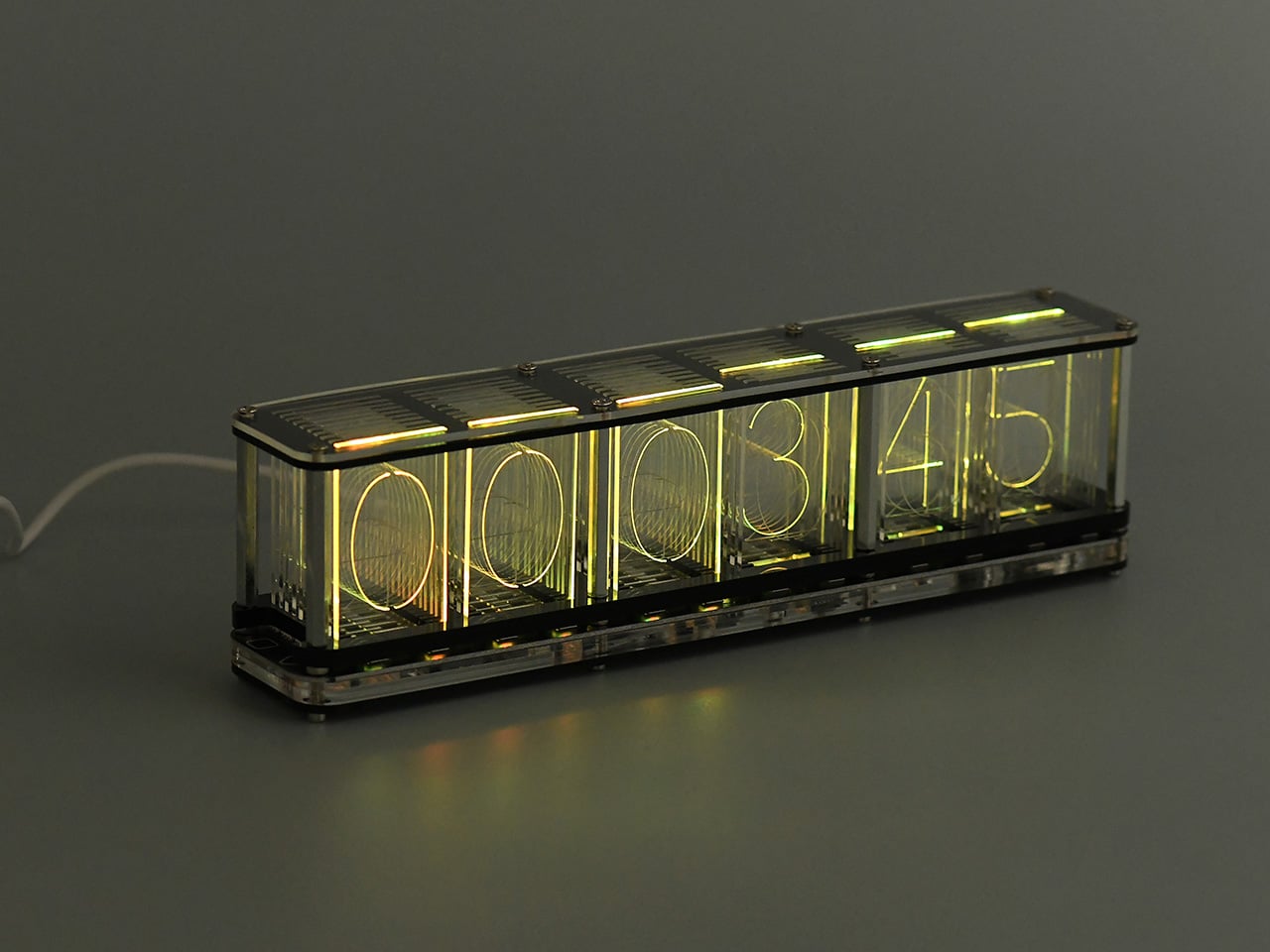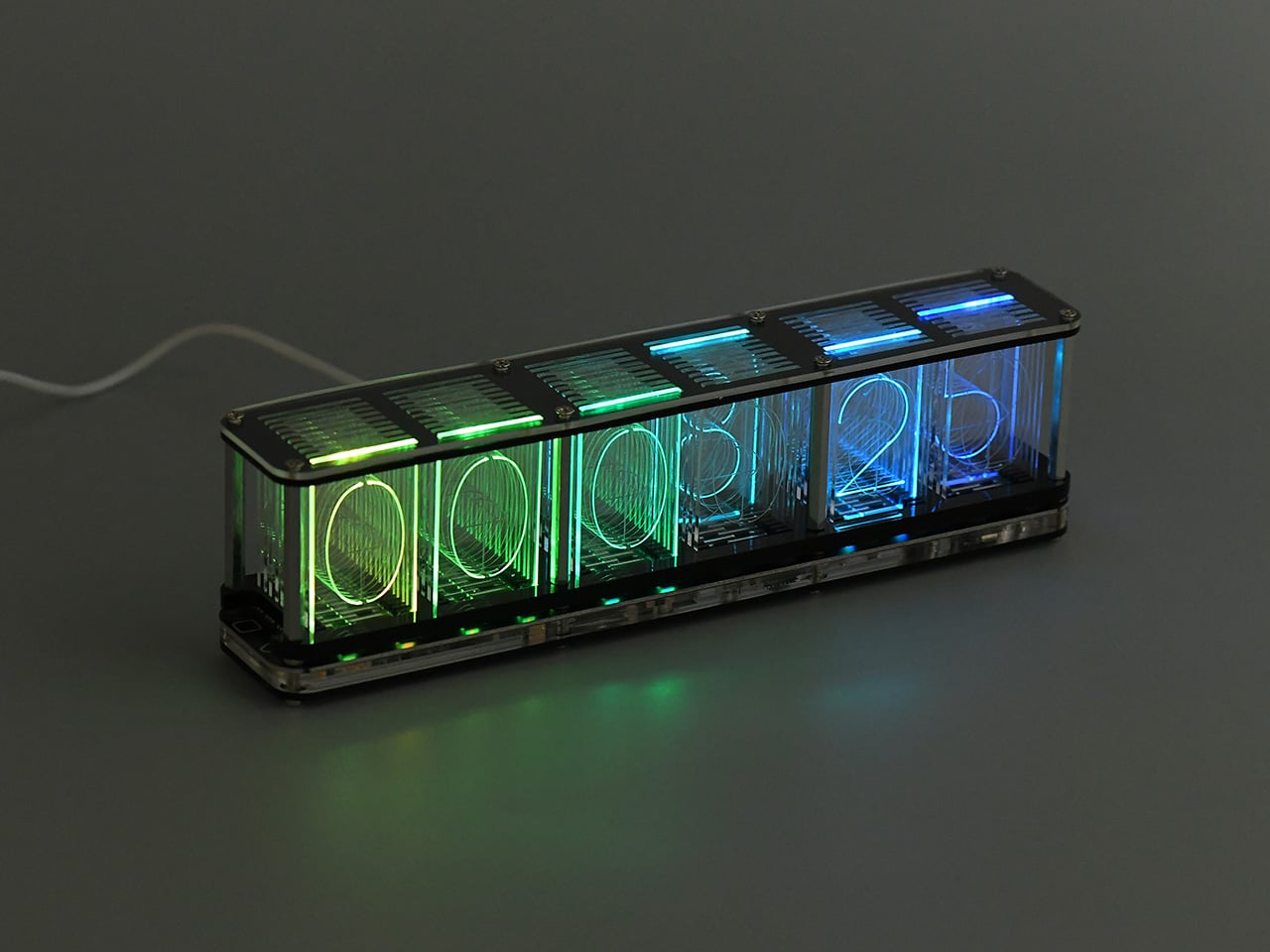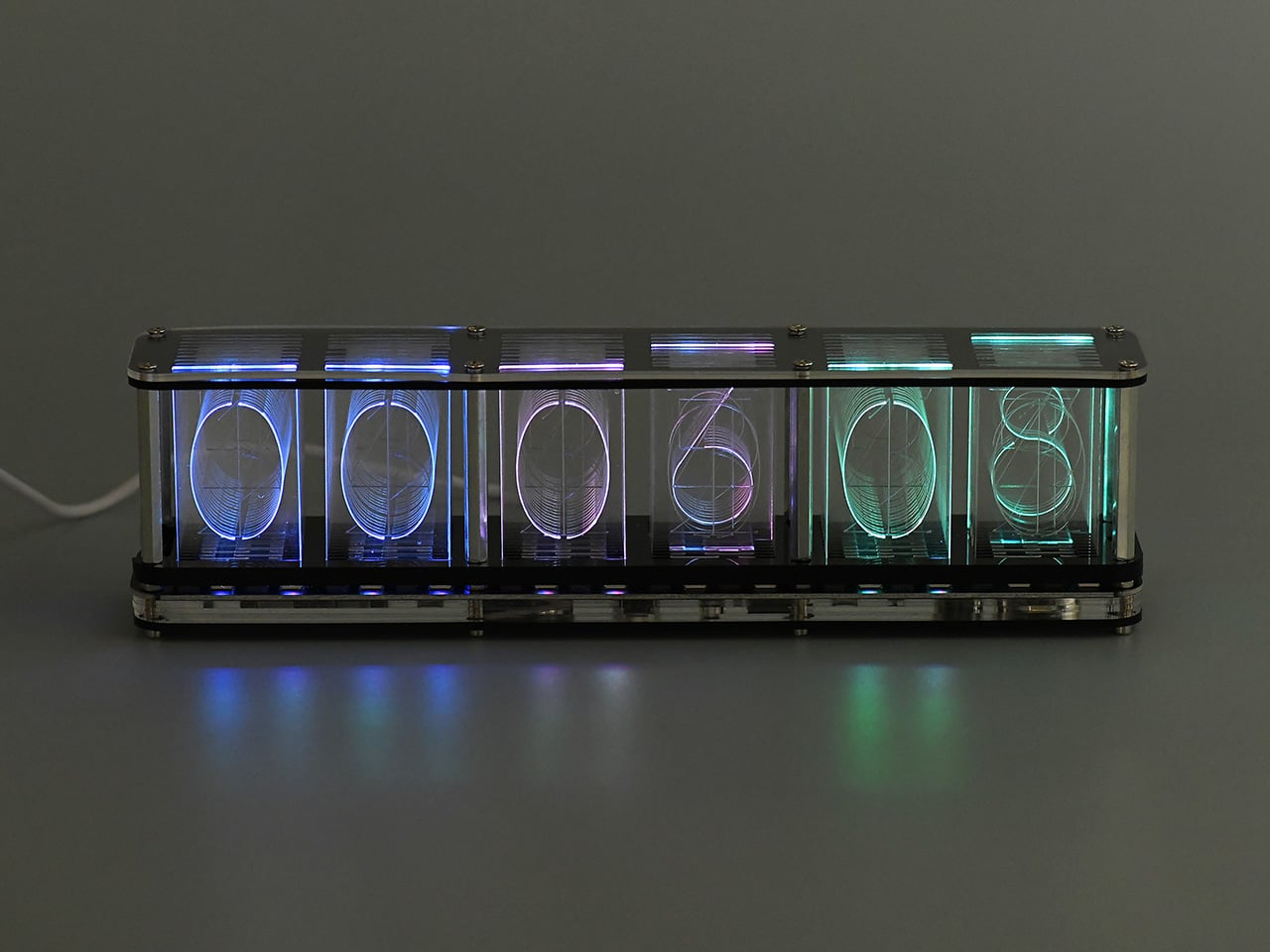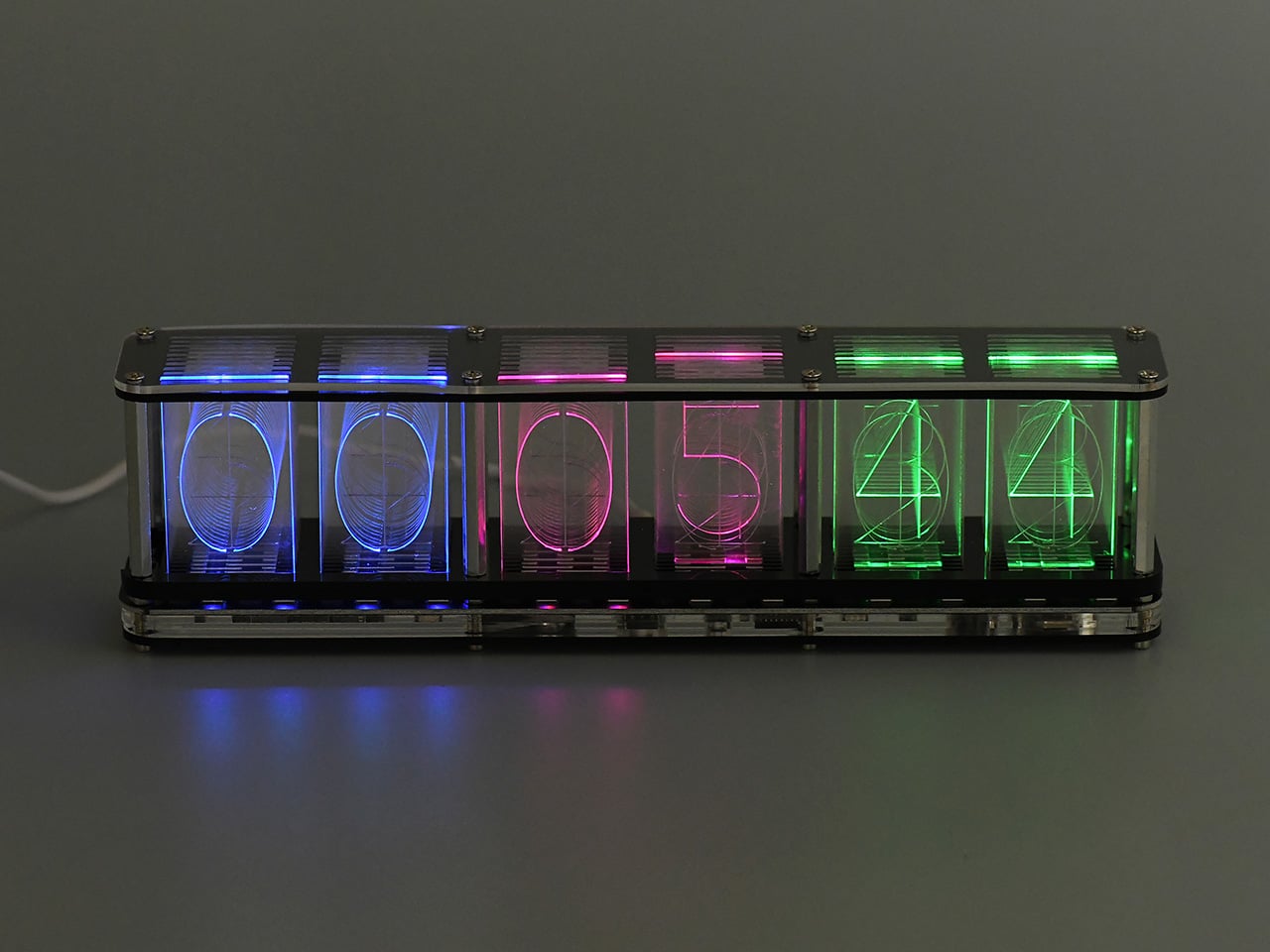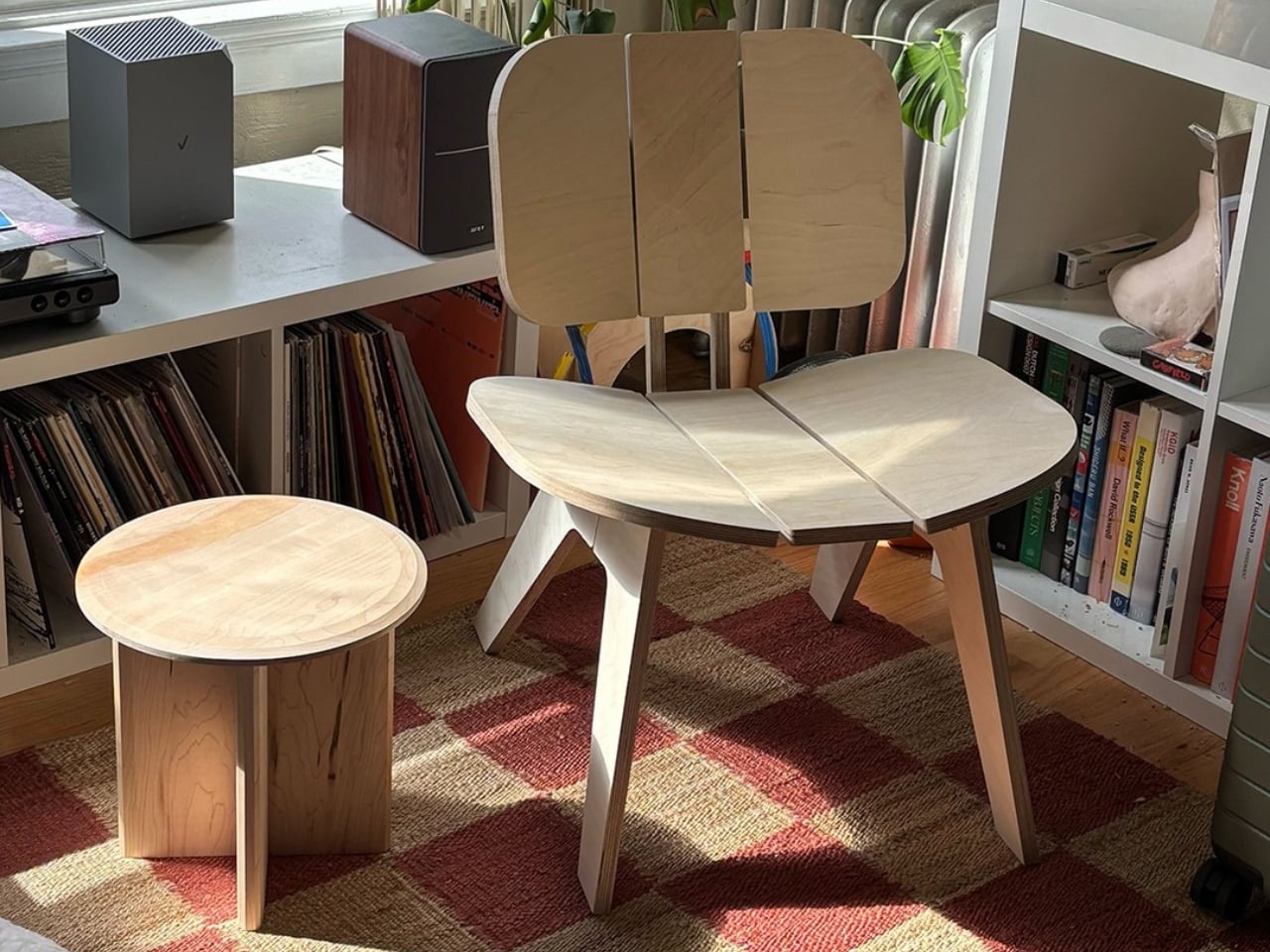
There’s something magical about watching a design concept come to life before it ever physically exists. That’s the power of KeyShot Studio, the rendering software that lets designers test their wildest ideas, play with materials and lighting, and present their visions with stunning photorealistic clarity. For those of us who obsess over beautiful objects and dream about perfectly curated spaces, KeyShot renders are like candy for the eyes: they show us what could be, all wrapped up in gorgeous visuals that make us think, “I need that in my life right now.”
This collection of KeyShot-rendered concepts proves that the best designs don’t just look good; they solve real problems with style and wit. From furniture that fits in a suitcase to clocks that respect your rental deposit, these five concepts showcase how designers are reimagining everyday objects through a minimalist lens. Each piece started as an idea, was meticulously crafted in KeyShot, and emerged as something we’re genuinely excited about. Whether you’re a design collector, a function-obsessed minimalist, or someone who just appreciates when smart meets beautiful, these concepts will make you fall in love with the art of possibility.
Create your own Aesthetic Render: Download KeyShot Studio Right Now!

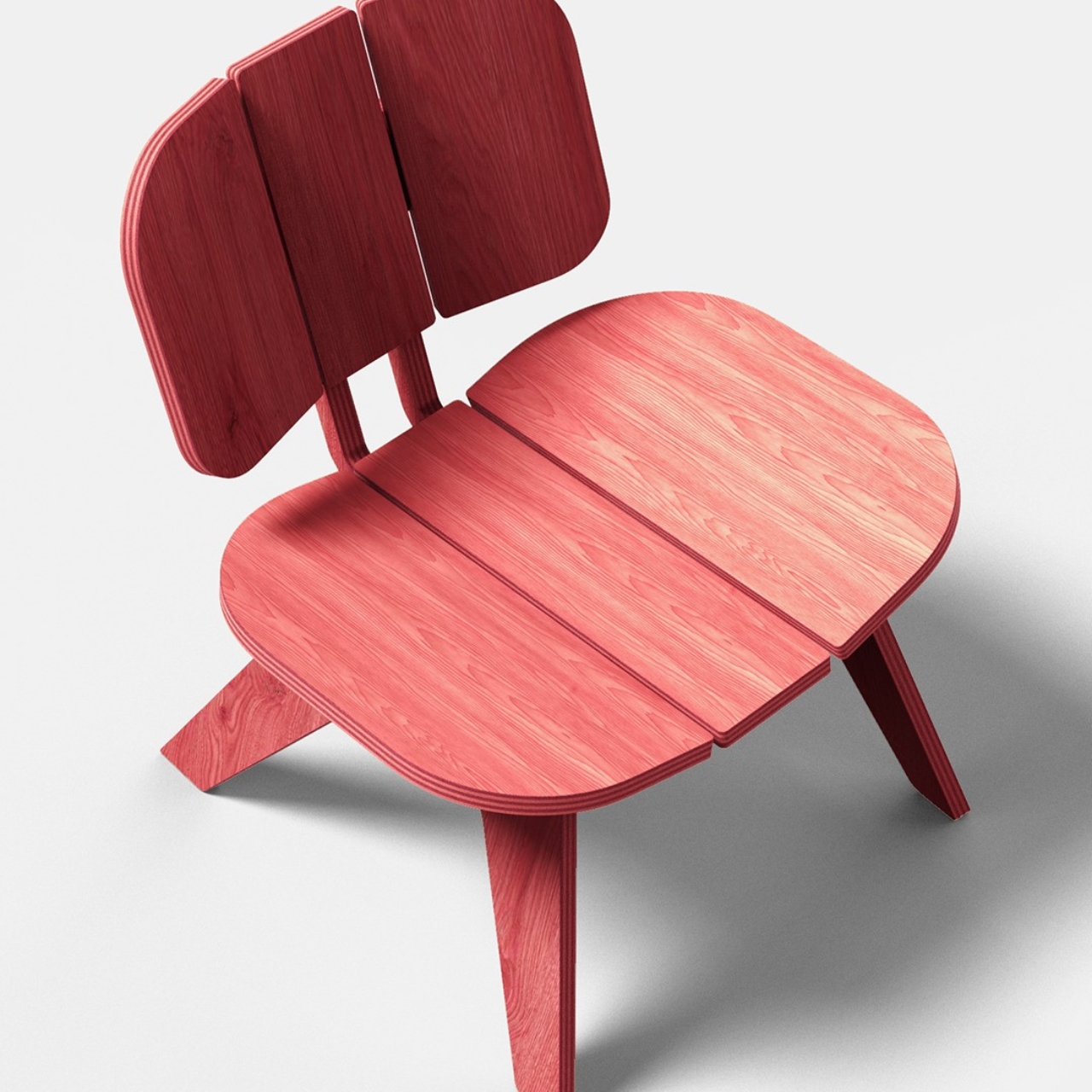
When I see that a piece of furniture needs to be assembled if I buy it, I immediately back away because I am not the brightest when it comes to following instructions and using various tools. But if the promise is that it’s as easy as building a Lego set (which isn’t always that easy TBF), I might reconsider. The Carousel Chair concept by Alessandro Pagura promises that all you need is an Allen key to set it up and that it’s actually pretty accessible.
The pieces are made from standard plywood and off-the-shelf hardware, and once put together, you get a simple and minimalist chair with clean, rounded lines and a distinctive segmented backrest. The curved seat design is probably meant to make your tush a bit more comfortable even when sitting on it for a long time. This isn’t just eye candy for your space but ingeniously practical. The entire chair breaks down and tucks neatly into a suitcase, requiring only an Allen key for assembly. No complex instructions, no specialized tools, no stress. It also brings the spirit of DIY accessibility, democratizing furniture design and making it more open and shareable through open-source CNC plans.
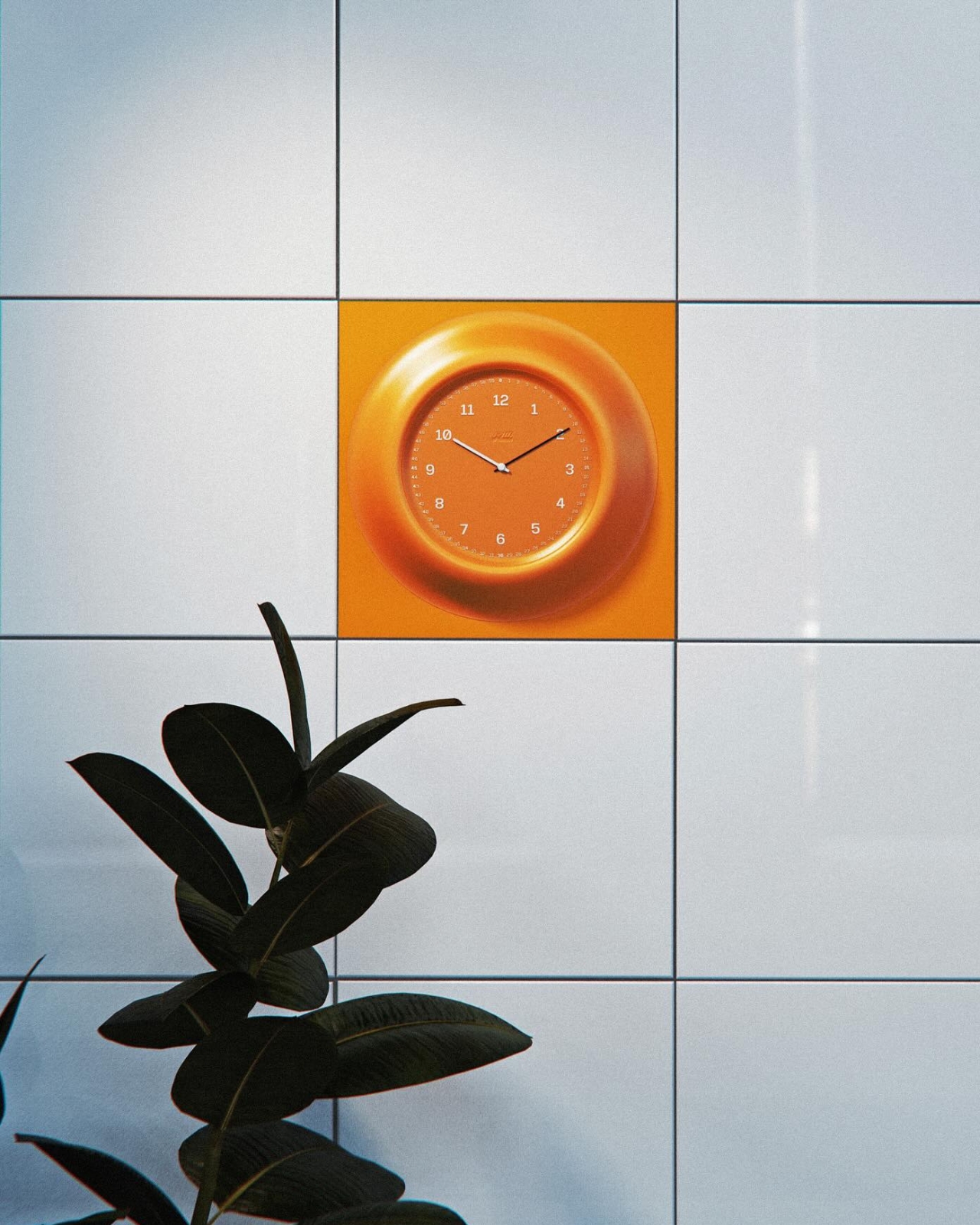

Say goodbye to wall damage and hello to effortless style with this genius suction-mounted wall clock concept. Crafted from smooth, durable plastic with an organic, pebble-inspired silhouette, this timepiece is a renter’s dream and a perfectionist’s best friend. No screws, no drill holes, no dust clouds, and definitely no noise: just peel, press, and you’re done. The innovative suction system adheres securely to any smooth surface, making it perfect for bathroom tiles, kitchen backsplashes, or glossy bedroom walls where you’d never dare break out the power tools.
Envisioned in soft, sophisticated colorways including crisp white and warm amber orange, this concept clock brings a playful yet refined touch to any space. The clean face features easy-to-read numerals with contrasting hands (love that pop of orange!), while the gently curved form adds sculptural interest without overwhelming your aesthetic. Whether you’re decorating a rental apartment, refreshing a spa-like bathroom, or simply avoiding another DIY disaster, this design concept shows how functional pieces can respect both your walls and your sanity. Time-telling has never looked this stress-free.
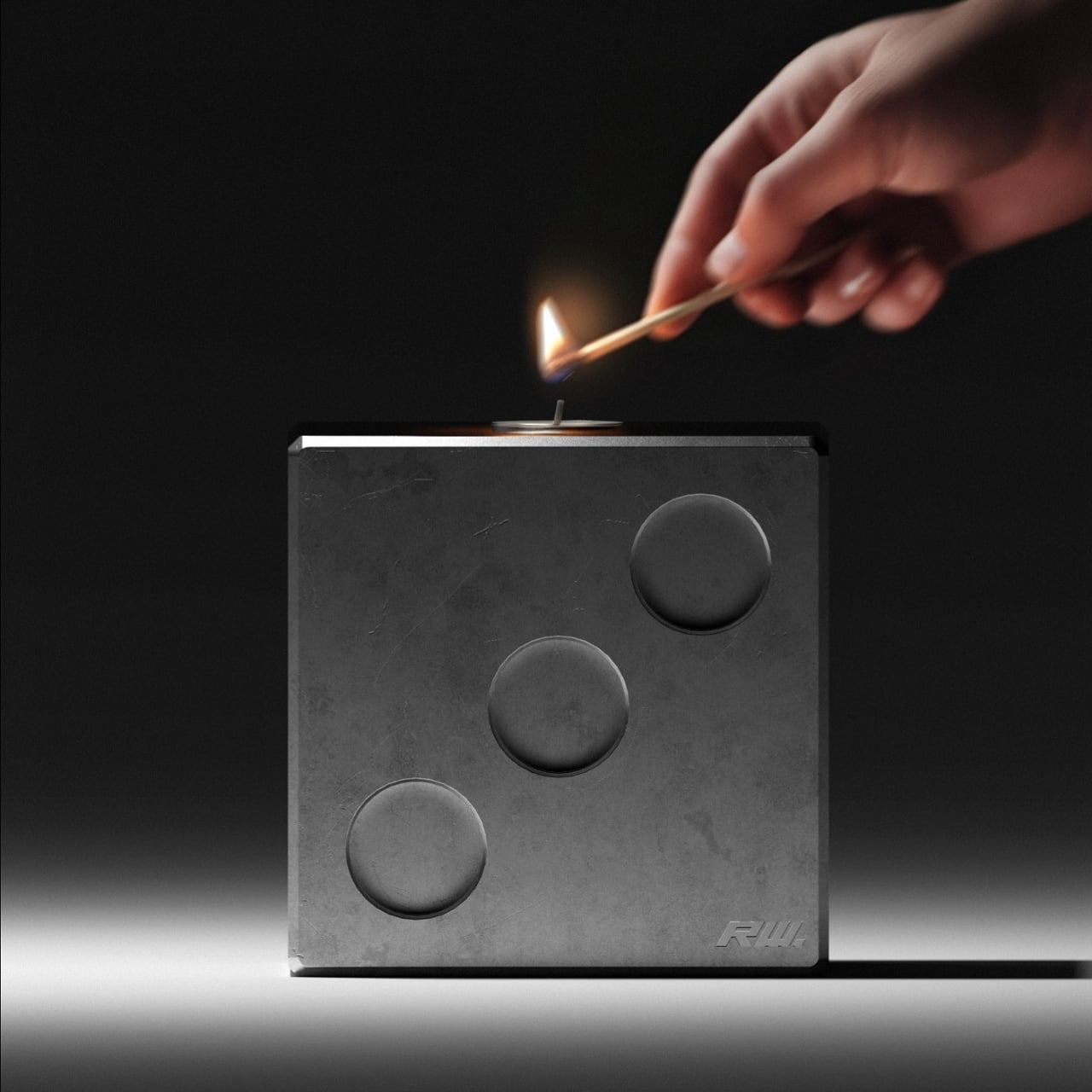
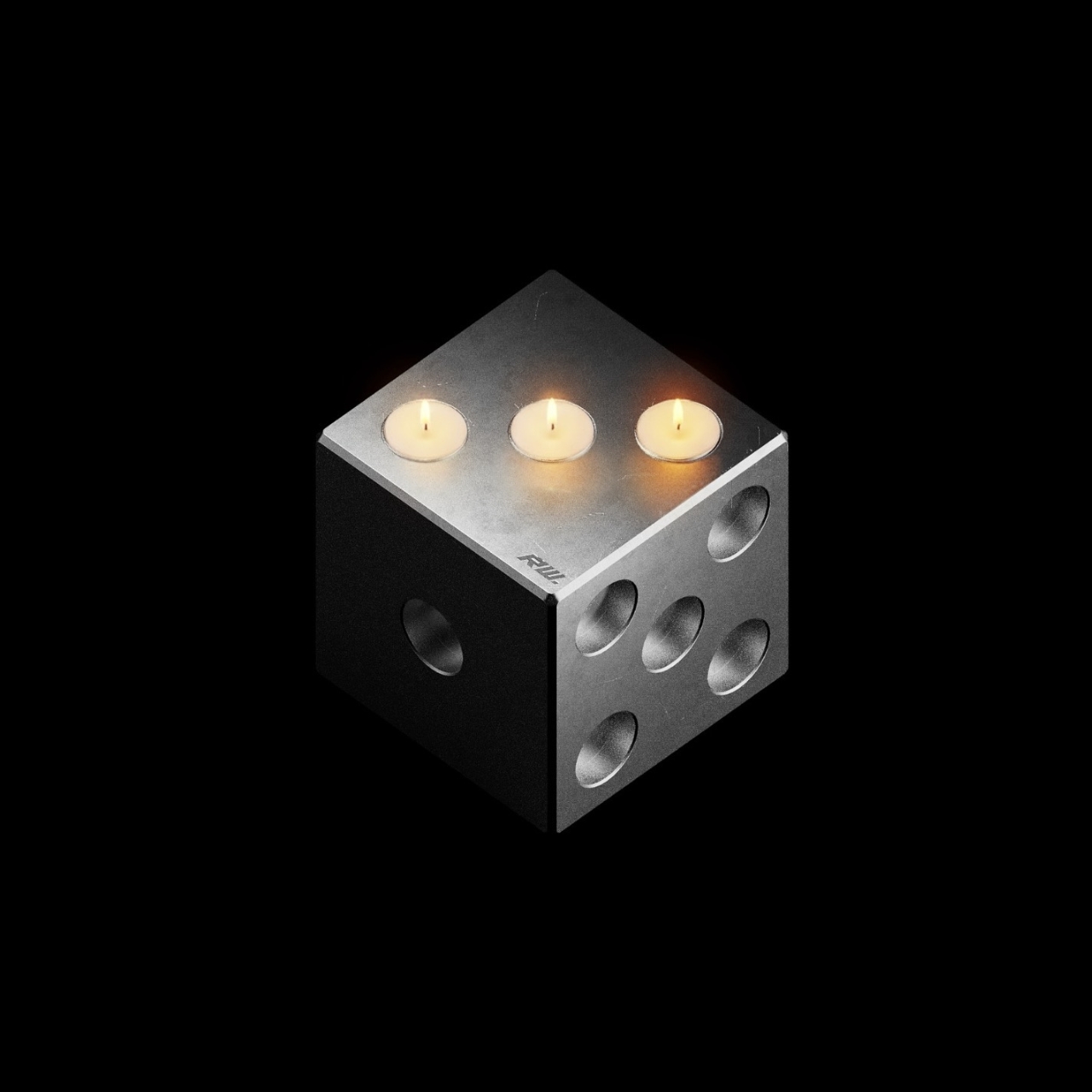
Roll the dice on ambiance with this clever candle holder concept that takes the gamble out of mood lighting. Inspired by the iconic shape of a gaming die, this sleek metallic cube features the classic dot pattern on its sides while the top surface holds three tea light candles in perfectly positioned wells. Crafted with a sophisticated matte finish, it’s a playful nod to chance and risk, but the only thing you’re betting on here is creating the perfect cozy atmosphere. No odds, no stakes, just pure flickering flame and conversation-starting style.
This design concept transforms an everyday object into sculptural art that’s equal parts functional and fun. The geometric precision and minimalist aesthetic make it a stunning centerpiece for modern interiors, while the cheeky dice reference adds personality and edge. Imagine it gracing your coffee table during game night, adding drama to a bookshelf display, or bringing unexpected whimsy to a sophisticated dinner setting. For collectors who appreciate design with a sense of humor and anyone who loves when form meets witty function, this dice candle holder concept proves that the best designs know how to play.


4. Ennea Light by Have Not
The Ennea Light concept reimagines illumination as pure geometry, where nine perfectly arranged spheres create a mesmerizing grid of light and shadow. Supported by sleek chrome legs that give it an almost whimsical stance, this sculptural lamp is designed to be as versatile as it is beautiful. The genius lies in its dual personality: face it toward a wall and it becomes soft ambient lighting that bathes your space in a dreamy glow, or turn it forward to showcase those glowing orbs as a statement art piece. Available in glossy black, pure white, or luminous configurations, each sphere works in harmony to create depth and visual rhythm that feels both futuristic and timeless.
This design concept embodies minimalist philosophy through mathematical precision and balance. The name “Ennea” (Greek for nine) celebrates the power of repetition and order, where individual points of light unite into a cohesive plane that feels greater than the sum of its parts. Perfect for design collectors who appreciate the intersection of form and function, or anyone drawn to pieces that transform a room’s entire atmosphere. Whether perched on a sideboard, bedroom shelf, or modern console, the Ennea Light concept proves that sometimes the most captivating designs are built on the simplest foundations: perfect spheres, precise spacing, and the magic of light.
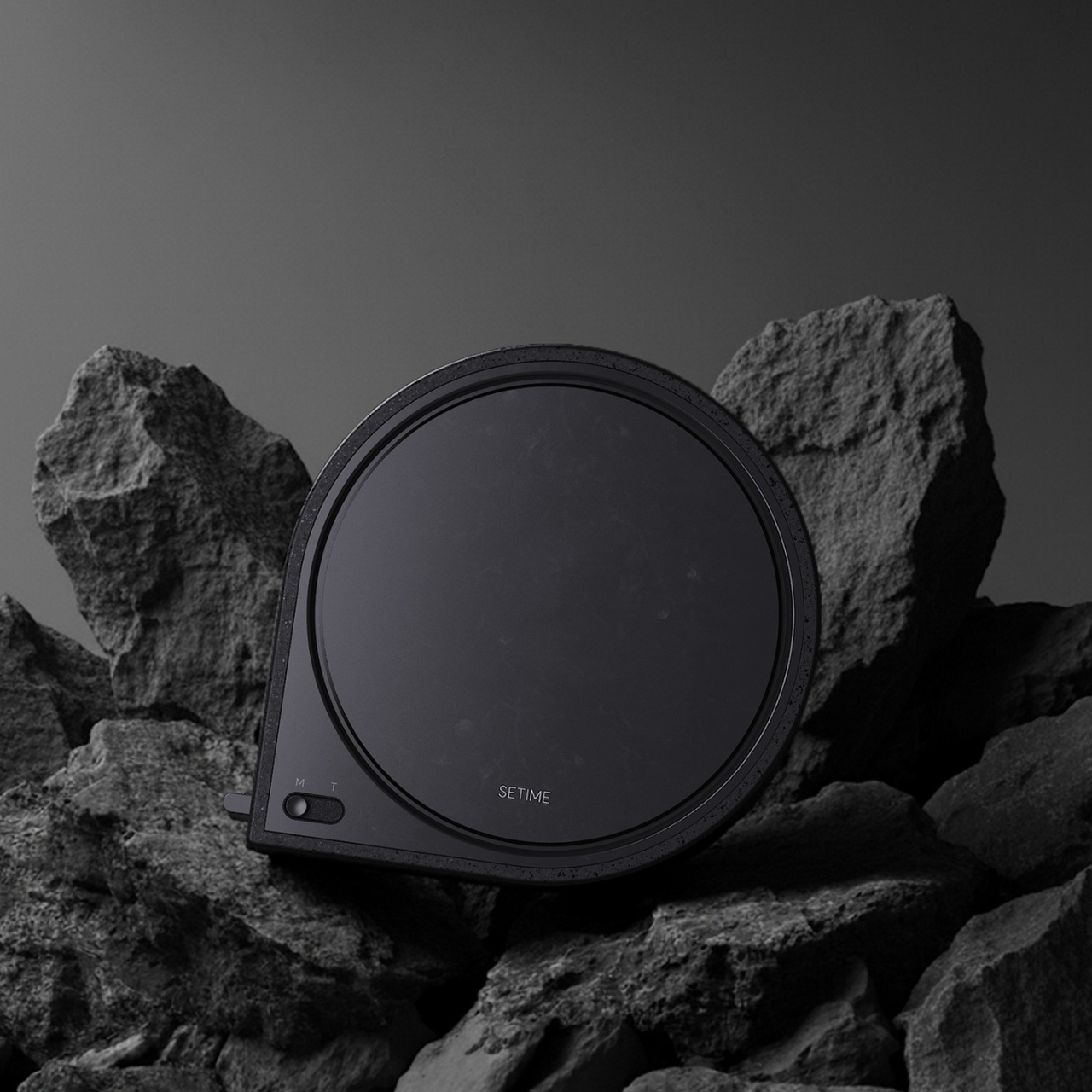
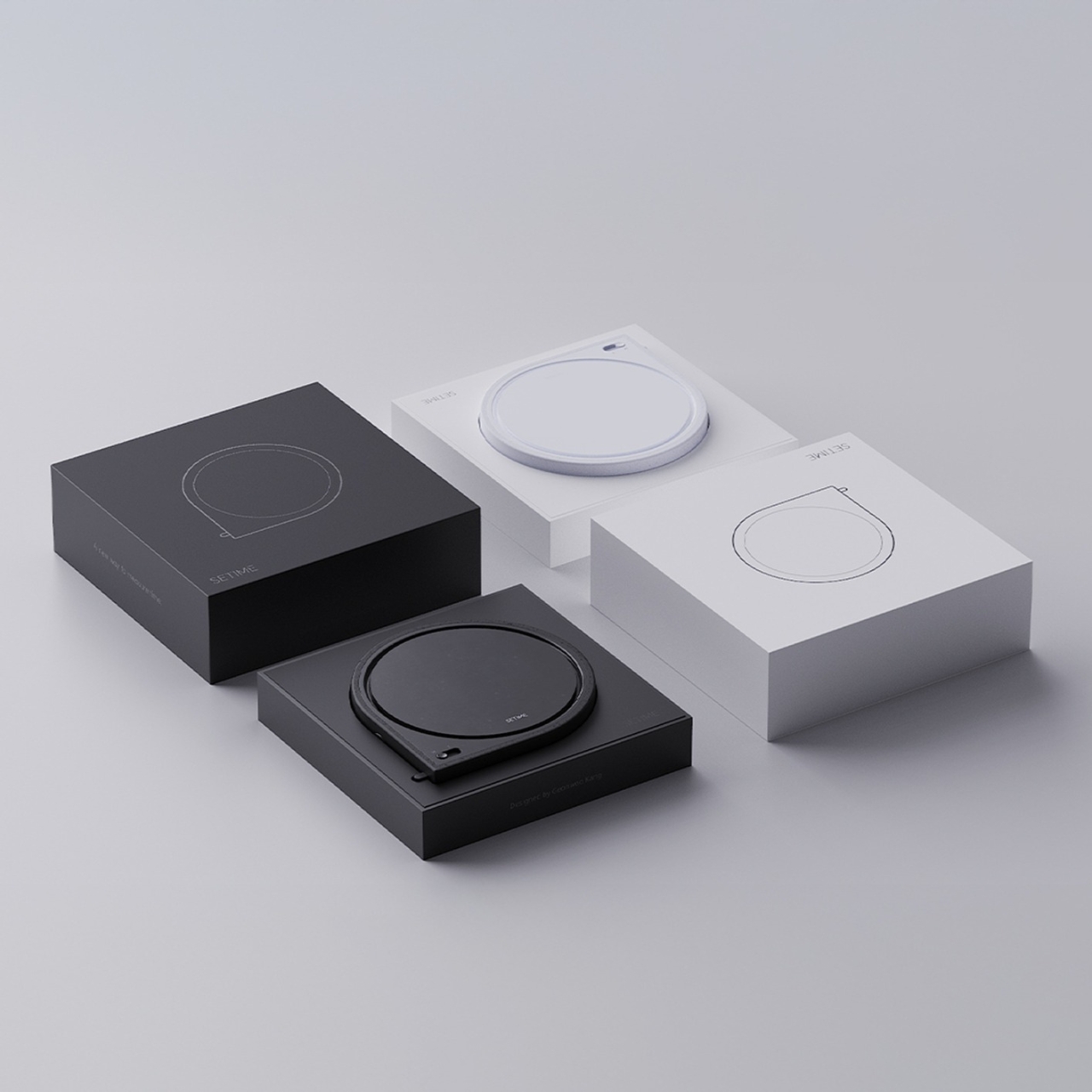
This SETTIME concept reimagines how we experience the passing of time through ultra-minimalist design that’s more art object than alarm clock. With its sleek circular profile and impossibly thin silhouette, this timer device distills functionality down to its purest essence. The face features a clean, uncluttered surface with subtle controls tucked discreetly along the side, while the overall form takes inspiration from a perfectly balanced water droplet. Available in sophisticated monochrome options of deep black or crisp white, the concept comes in packaging as elegant as the product itself, with a beautifully simple line drawing that captures the device’s graceful proportions.
Designed for those who appreciate when technology knows how to disappear into the background, this SETTIME concept would be equally at home on a minimalist desk, modern kitchen counter, or serene bedroom nightstand. The ultra-slim profile means it takes up virtually no space while making maximum visual impact, proving that timekeeping devices don’t need to shout to be noticed. For design collectors who value restraint and refinement, or anyone tired of cluttered, over-designed tech, this concept shows how beautiful simplicity can be when every element serves a purpose. Time, distilled to its most elegant form.
Create your own Aesthetic Render: Download KeyShot Studio Right Now!
The post 5 KeyShot Renders With Lighting So Perfect, You Wish They Were Real Products first appeared on Yanko Design.
![]()
![]()
![]()
![]()
![]()
![]()
![]()
![]()
![]()
![]()
![]()
